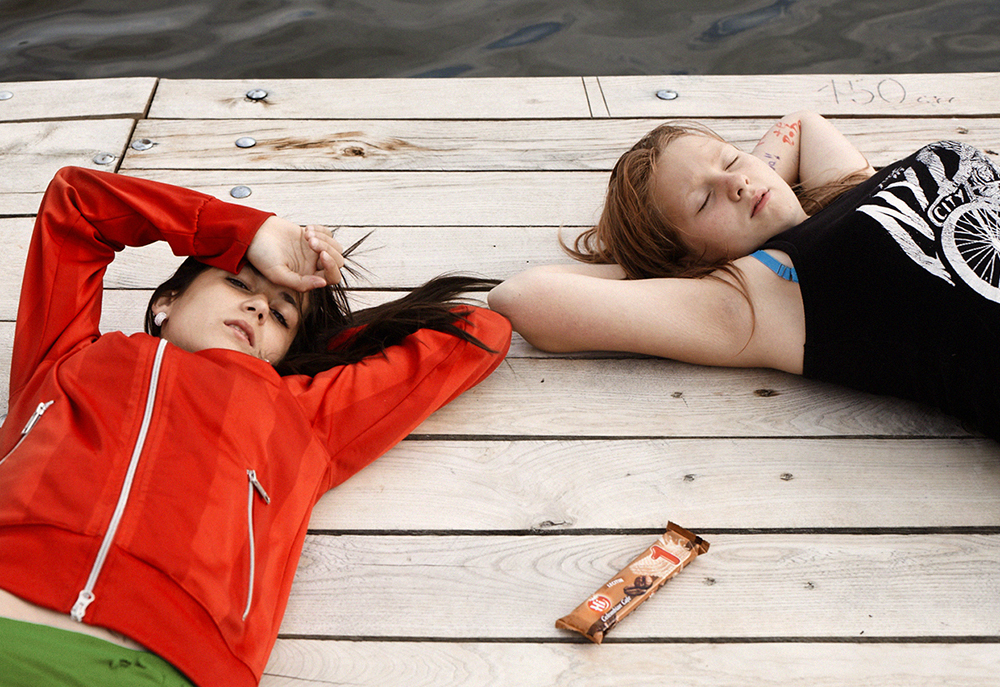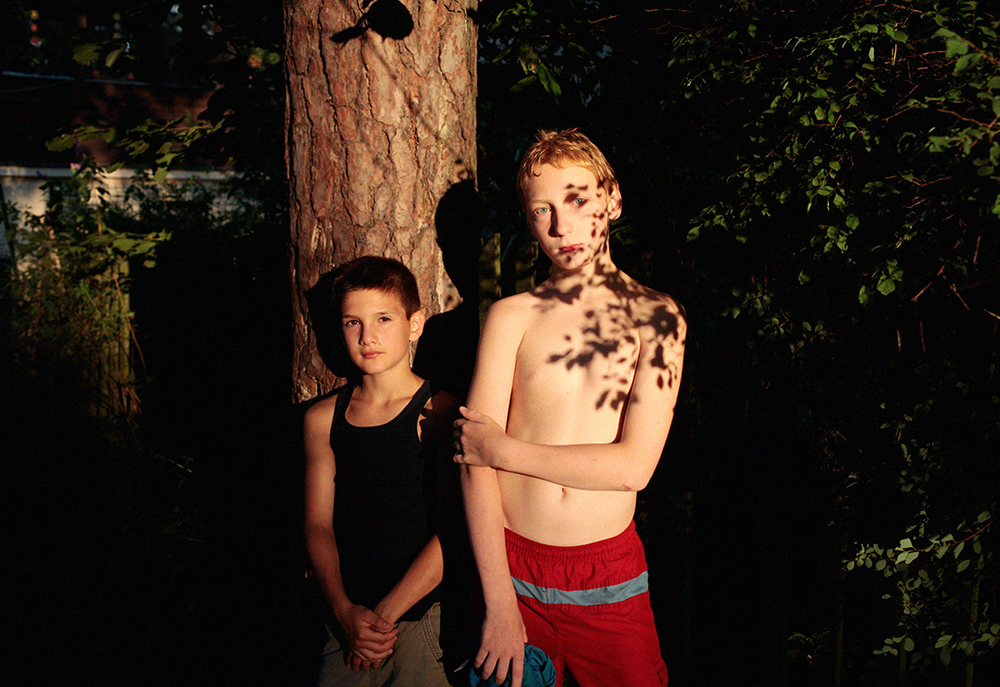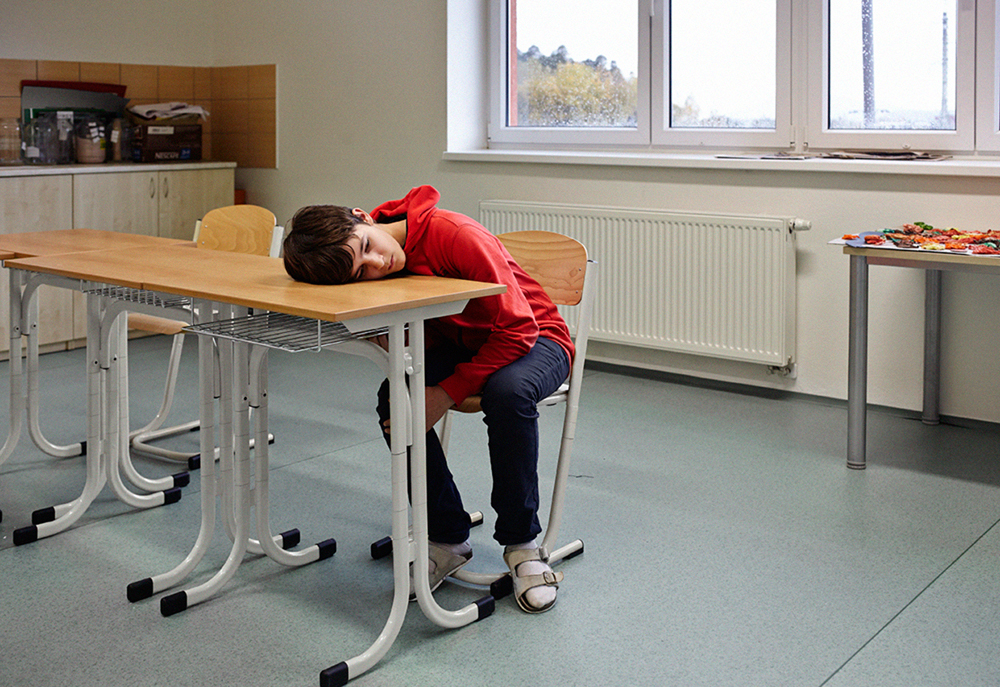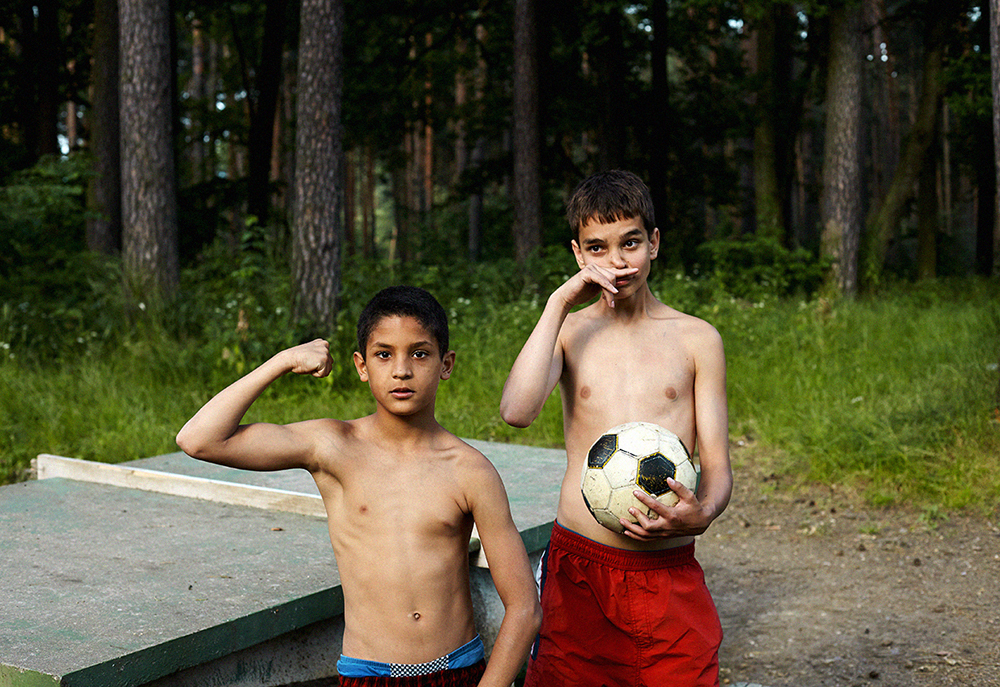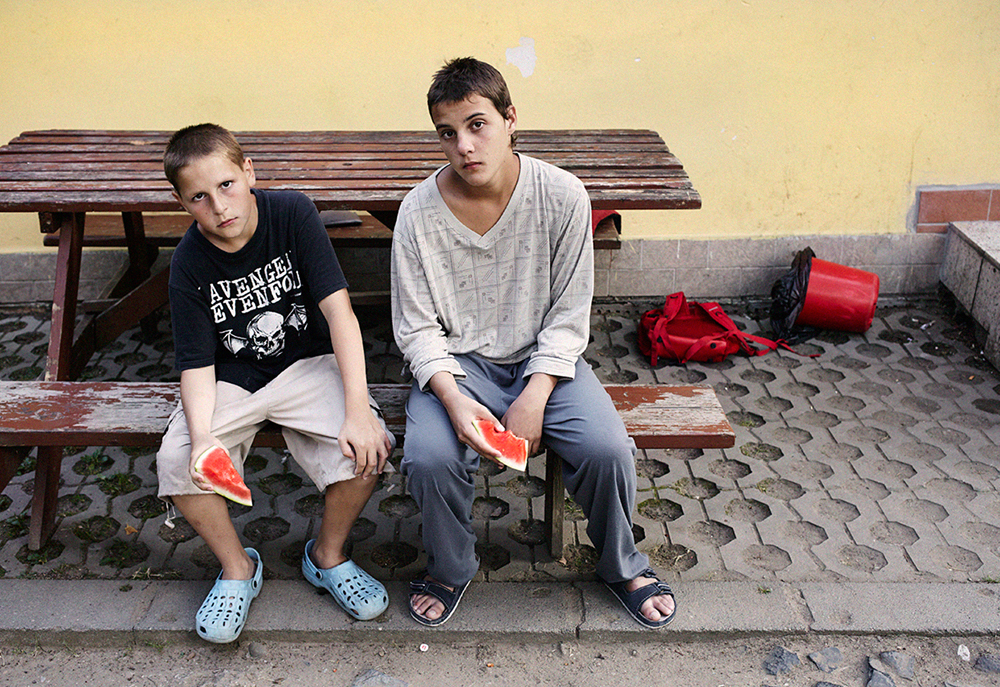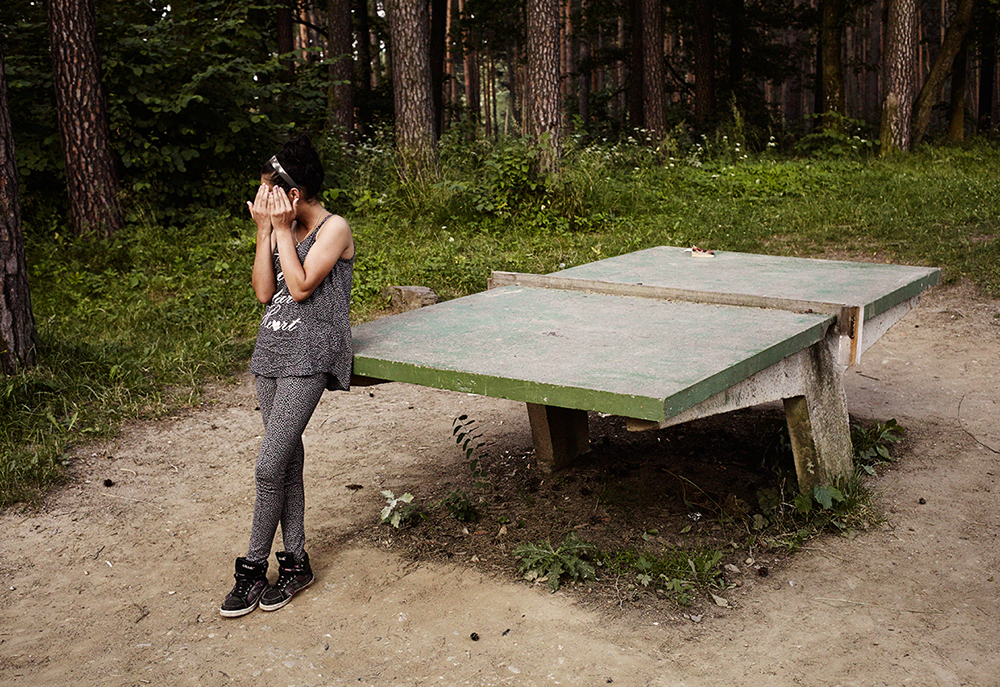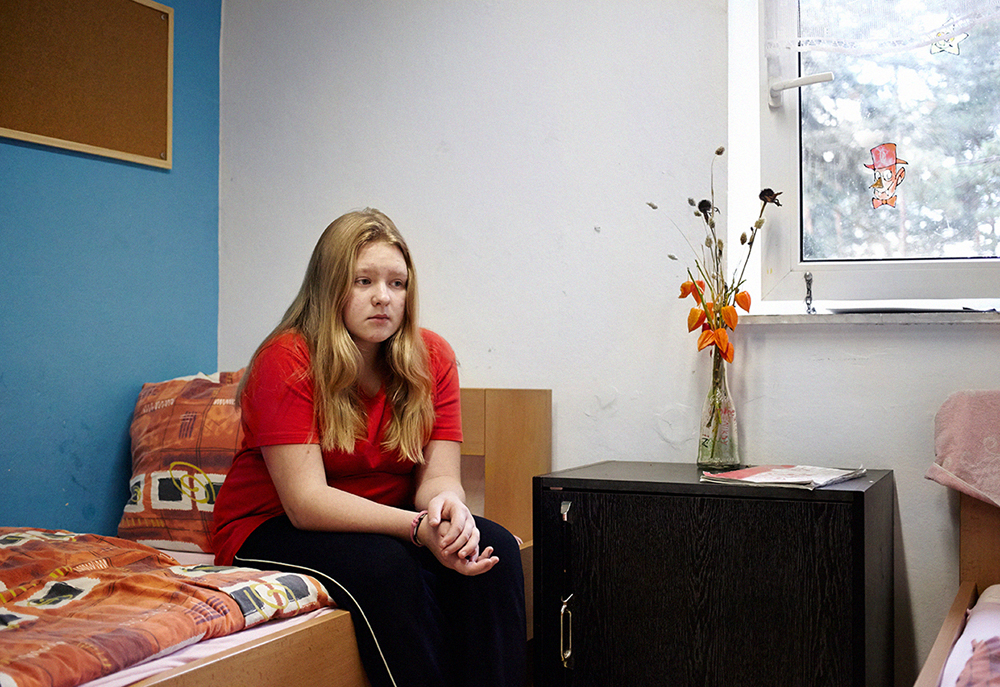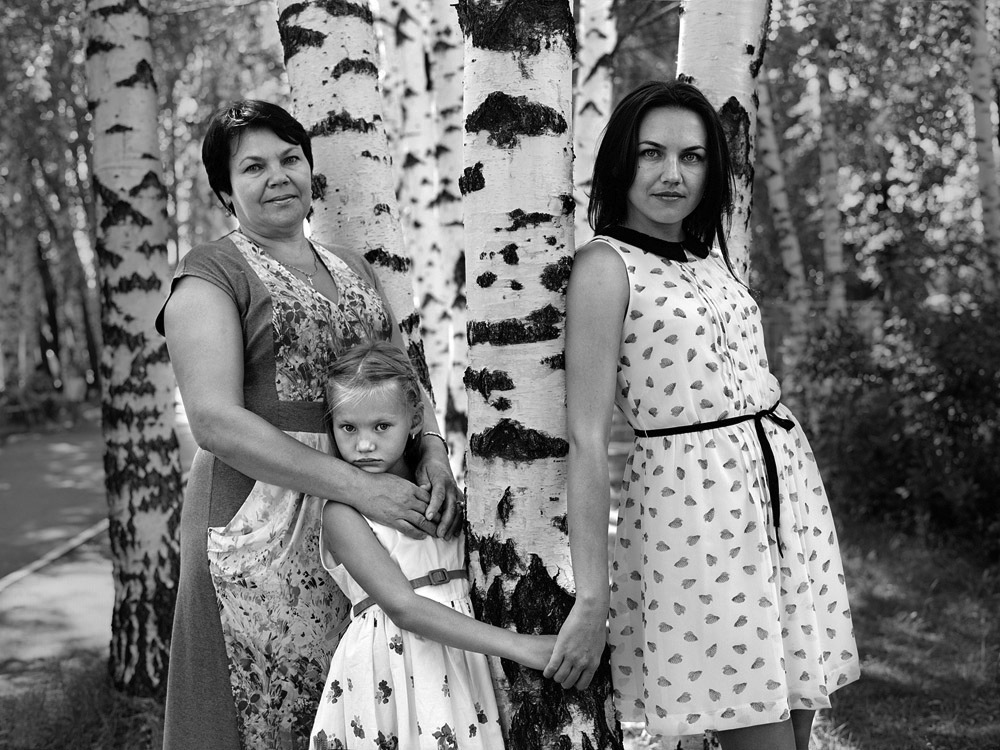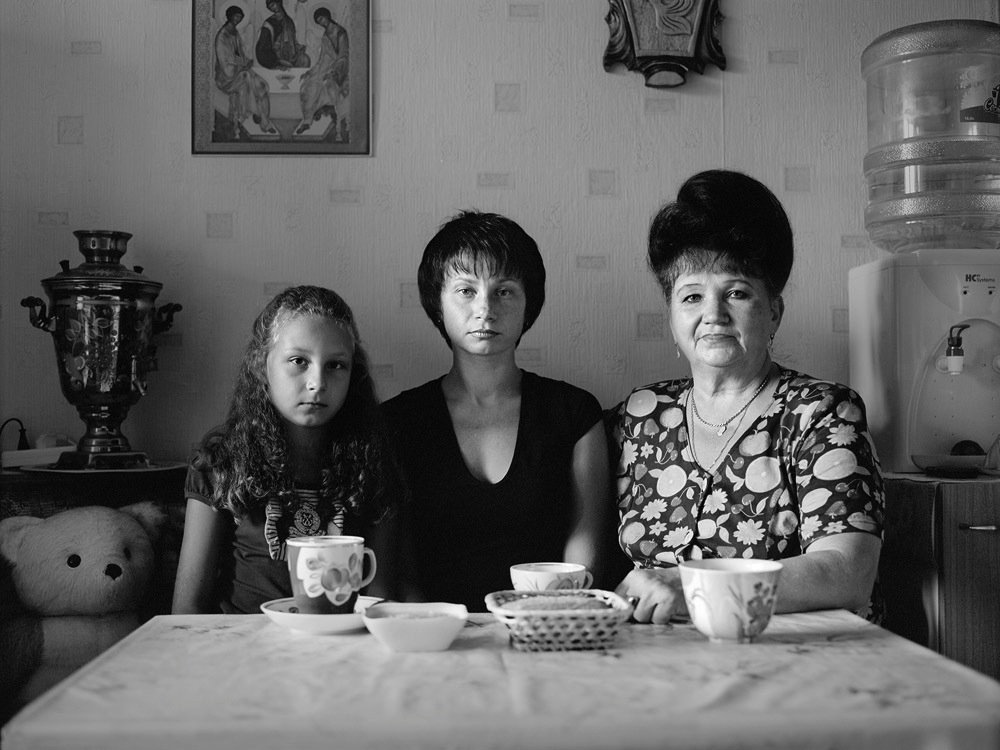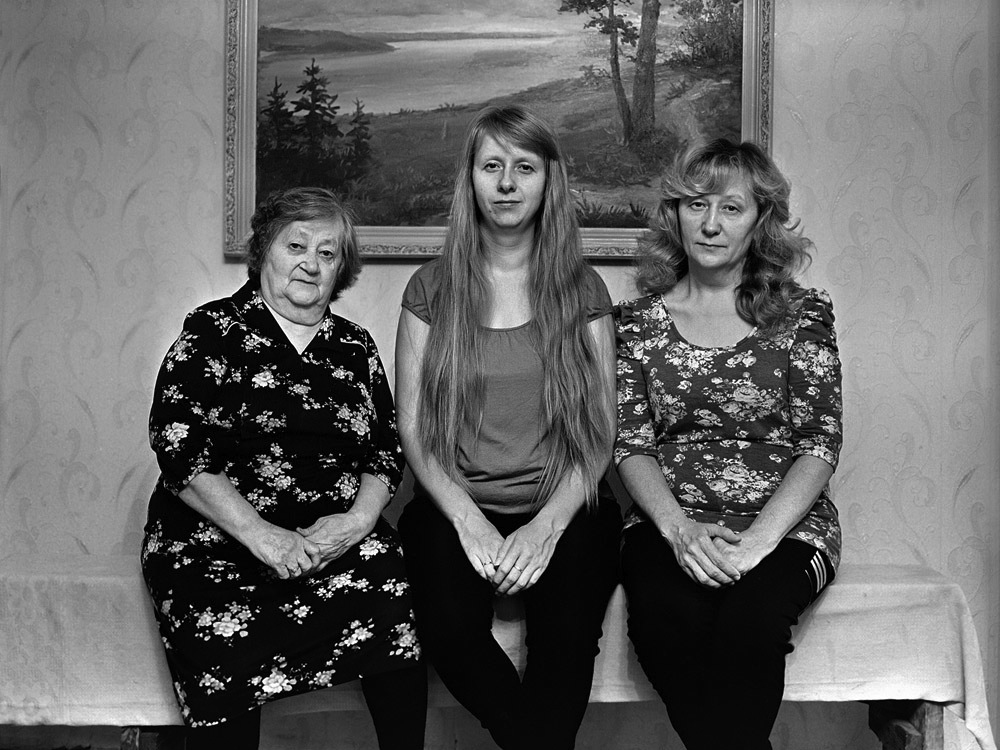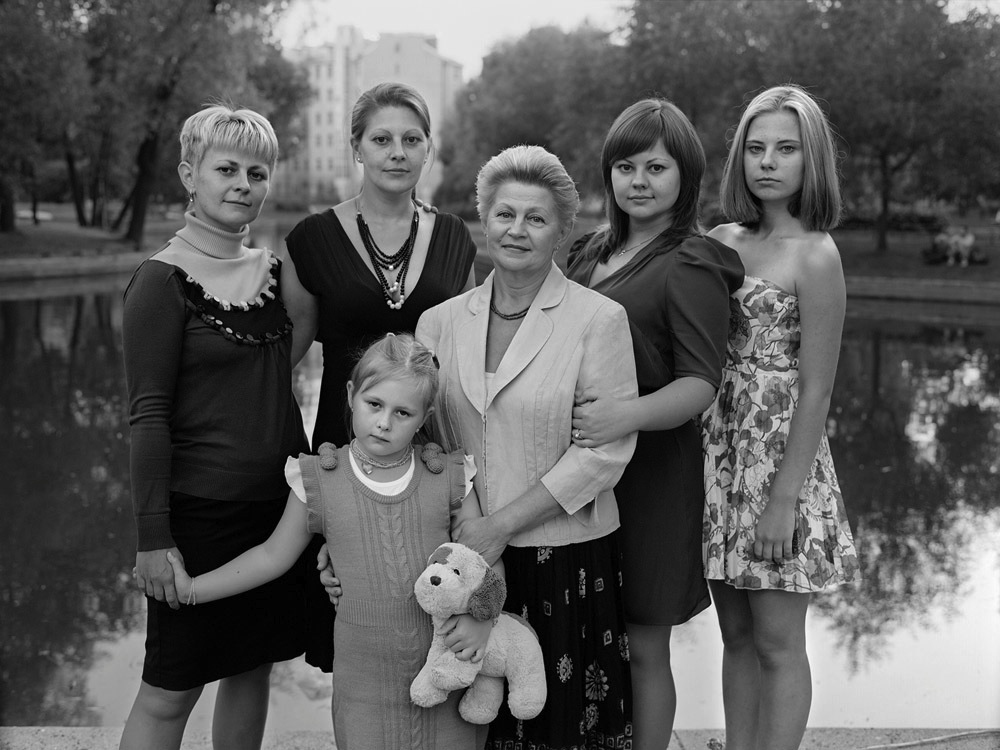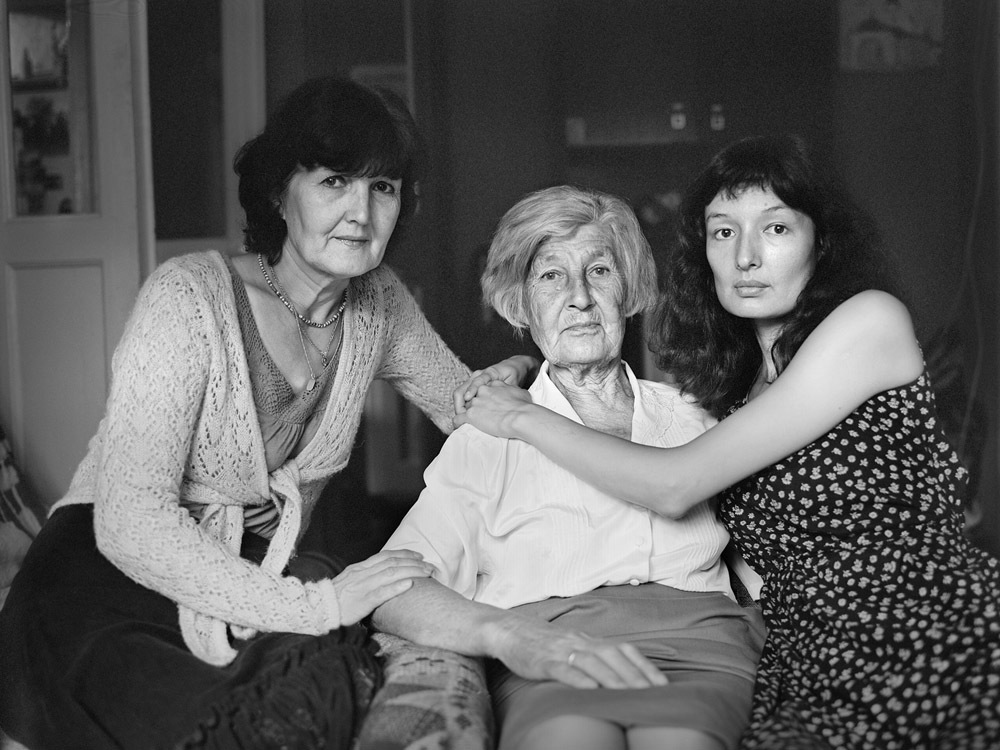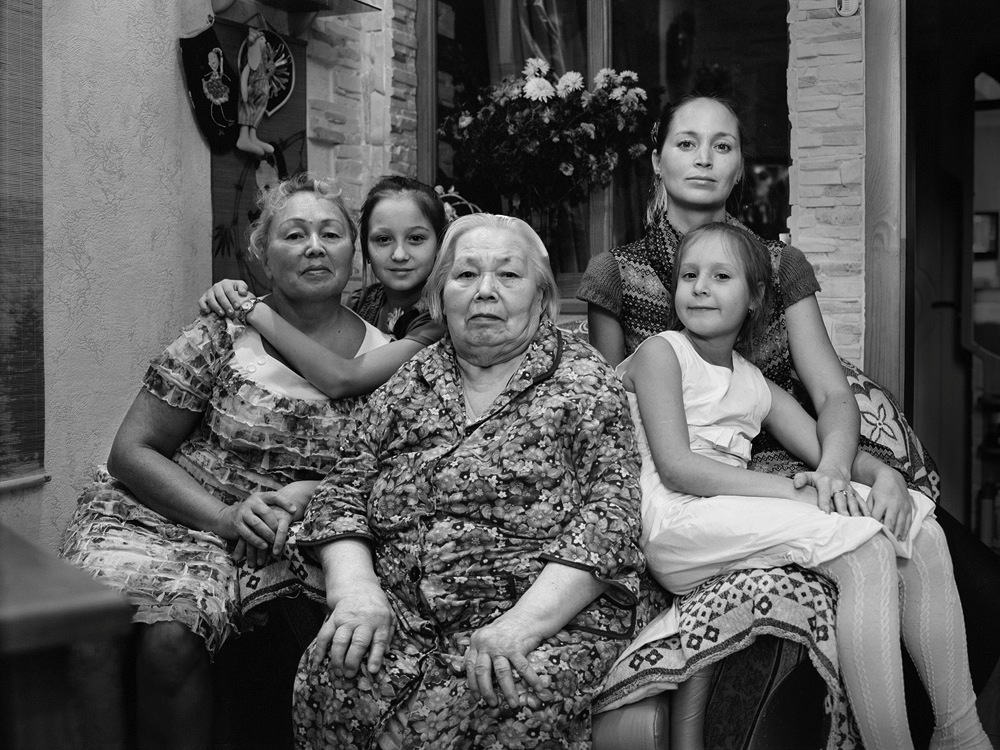You looking at me? 21 portrait photographers from the new east you must see
Portrait photography is not just the depiction of a face but a way of exploring social issues and unveiling underrepresented human narratives. The Calvert Journal has compiled a list of the best photographers from the new east putting a face to issues of history, politics and gender and bearing witness to the shifts occurring in contemporary culture and society.
-
Birgit Püve
Estonian photographer Birgit Püve is interested in people caught in the centre of a larger narrative — national, historical or political. In her project Estonian Documents she studies the changing face of the nation, while in By the lake she photographs the inhabitants of the border territory of Estonia and Russia in their domestic setting. Püve’s work is really intimate, and for her the human face is the best way of transitioning from personal stories to global issues.
-
Lilia Li-Mi-Yan
Russian photographer Lilia Li-Mi-Yan is interested in the way our identity is shaped by various social factors: she photographed the inmates of the only Armenian female prisons, analysed female make-up customs and traced the owners of particular kind of Armenian vans. Yet Li-Mi-Yan’s most celebrated work is Masters and Servants, a series of portraits of Russia’s new rich with their service personnel — maids, butlers, cooks, gardeners — a strangely intimate study of Russia’s contemporary social order.
-
Rafal Milach
Rafal Milach’s book The Winners goes deeper than most contemporary projects on Belarus — both socially and pictorially. The book consists of portraits of the winners of various state and local competitions supported by the Belarusian authorities. Winners of contests — from the best milkmaid to best policeman to the best young family — are photographed in kolkhozes, schools, public institutions and nightclubs. Taken together, these personal stories build up a picture of the political reality of Belarus.
-
Tanja Muravskaja
In her work, Estonian artist Tanja Muravskaja tackles neo-nazism, racism and the rise of right-wing movements in Europe. She’s worked with a wide range of subjects — from prominent politicians to young artists — yet her project The Estonian Race probably remains the most provocative. The series consists of identically framed portraits of young men with buzz cuts — and the line of thought moves quickly from the specificity of Estonian features to nationalist movements in Estonian politics.
-
Katarzyna Majak
Katarzyna Majak’s Women of Power is a fascinating study of modern-day Polish witches: traditional and herbal healers, Wiccans, Asatrus, Druids, Left Hand Path followers and many others. Photographed on a plain white background with the symbols and artefacts of their beliefs, women of various ages and social backgrounds represent the search for female wisdom and power and the plurality of spiritual paths hidden within Poland’s mono-religious society.
-
Elena Anosova
Elena Anosova’s Section is one of the most powerful photographic projects concerning gender politics and human rights to have emerged from Russia. For her project she travelled to the country’s remote penal colonies and took over 200 portraits of its female inmates, rejected, invisible and completely forgotten by society. She was interested in documenting the lack of personal space, loss of privacy and isolation.
-
Sonya Kydeeva
Moscow-based Sonya Kydeeva is one of the few photographers in contemporary Russia rethinking the image of youth and coming of age. Her work is not mere documentation, it’s about identity, searching introspectively and — as Kydeeva’s subjects are mostly young men — shifting masculinity. Kydeeva has also collaborated with artist Alina Gutkina who shares her interest in youth, identity and subcultures.
-
Olya Ivanova
Russian photographer Olya Ivanova has been widely celebrated for her portraits of isolated communities in remote Russian villages. At the centre of her work are complex questions of history, national identity and social structures posed with empathy and sense of humour. Ivanova photographs men, women and children of all ages and social backgrounds from an equally genuine perspective.
-
Gosha Rubchinskiy Portrait
Better known as a fashion designer than a photographer, Gosha Rubchinskiy has a sizeable following on both sides of the Atlantic. His photography books — Transfiguration, Crimea / Kids and Youth Hotel — are increasingly sought-after documents of the shifting face of contemporary youth, both in post-Soviet countries and worldwide.
-
Slava Mogutin
An articulate rebel once described as a bastard child of Mayakovsky and Helmut Newton, Slava Mogutin is a writer, multi-disciplinary artist and photographer. Now based in New York after being driven from Russia, his main subjects are lost boys and fellow artists, his uncompromising content ranging from wistfully romantic homoeroticism to slap-in-the-face obscenity.
-
Andrew Miksys
Andrew Miksys's celebrated book DISKO is a rare glimpse into the wild world of Lithuanian village discos, a result of many weekends spent in provincial clubs that informed his exploration of Lithuanian mentality. What makes Miksys’s portraits special is his dual role determined by his Lithuanian-American background — he’s an outside observer discovering that the energy of a place that exists within him.
-
Joanna Piotrowska
Polish artist Joanna Piotrowska explores and documents the human nature that lies beyond the comfort zone of regular posed photographs. Her breakthrough project FROWST is based on subverting and rethinking the convention of family portraits and the underlying social dynamics: awkward, stiff, strangely sexual, those are not your average family snapshots. For Piotrowska, the body and domesticity always have a political aspect.
-
Jana Romanova
St Petersburg-based Jana Romanova’s personal approach to serious political and social topics has won her international recognition. Her project Waiting — intimate portraits of couples expecting babies — was an online hit and two recent books, Shvilishvili and Alphabet of Shared Words, deal with Russia’s troubled relationship with its neighbours Georgia and Ukraine.
-
Yulia Spiridonova
Moscow-based photographer Yulia Spiridonova is interested in sexuality, body and intimacy — increasingly taboo topics in conservative Russian society. Spiridonova works with the new generation of young people who have lived through major shifts in social attitude to sex: from Soviet taboos to 90s liberation and the stigma of recent new times. Spiridonova’s real interest lies beyond the naked body — in shyness, trust and the psychological moment of exposure.
cargocollective.com/yuliaspiridonova
-
Tatiana Vinogradova
Tatiana Vinogradova’s Days of Melancholy is one of the most subtle yet poignant visual statements on Russia’s anti-gay legislation and homophobia. Vinogradova’s portraits are distant and softened with shadows and in combination with the words from her subjects they provide a real spotlight on social stigma and the courage it takes to overcome it.
-
Sergey Poteryaev
Sergey Poteryaev has always been interested in the changing face of Russia and, particularly, his native Ural region. His project Those Who Yield Heat explored his native Yekaterinburg’s industrial heritage by documenting power-plant workers in their workplace. Other portrait series capture the multinational nature of the Urals — for example his recent series on Tatar Muslim women.
cargocollective.com/sergeypoteryaev
-
Fyodor Telkov
A native of the Ural region, photographer Fyodor Telkov has always been interested in the complex identity and many faces of Russia. He has produced series about the Mari people and the small nations of the northern regions of Russia (in collaboration with Sergey Poteryaev). His most recent project Skazy delves deep into the spiritual origins of the Urals — rather than portraits of people this is a complex portrait of the whole region and its underlying mythology.
-
Hana Knizova
Czech photographer Hana Knizova works a lot with people, both for editorials and personal projects. Her most moving and socially complex project up to date is Hamr na Jezeře, a collection of portraits from a teenage detention centre in the Czech Republic’s Liberec region. Very personal and heartfelt, it’s a portrait of displaced youth, both local and universal.
-
Ivan Mikhailov
In his project Mothers and Daughters Russian photographer Ivan Mikhailov has created portraits of three or sometimes four generations of women from the same family, shot in Moscow, St Petersburg and villages scattered across the country. Its traditional documentary style leaves the viewer to examine the nature of time and its effect on people and the nature of family — while the photographer asks questions of the medium of family photography itself.
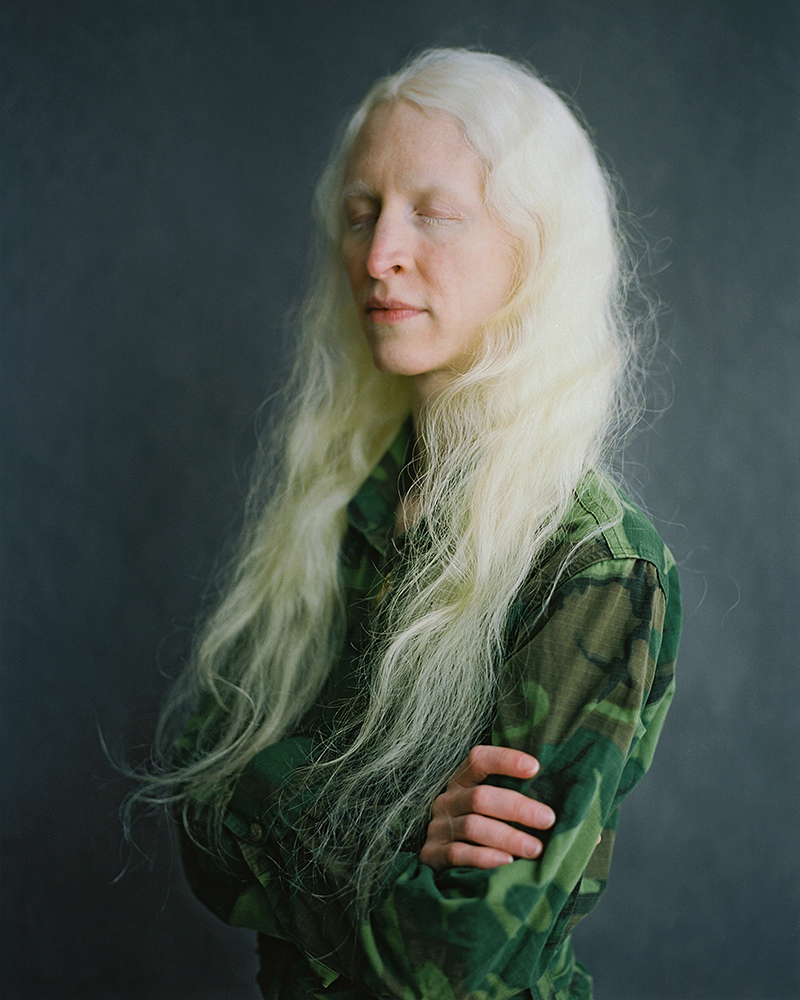
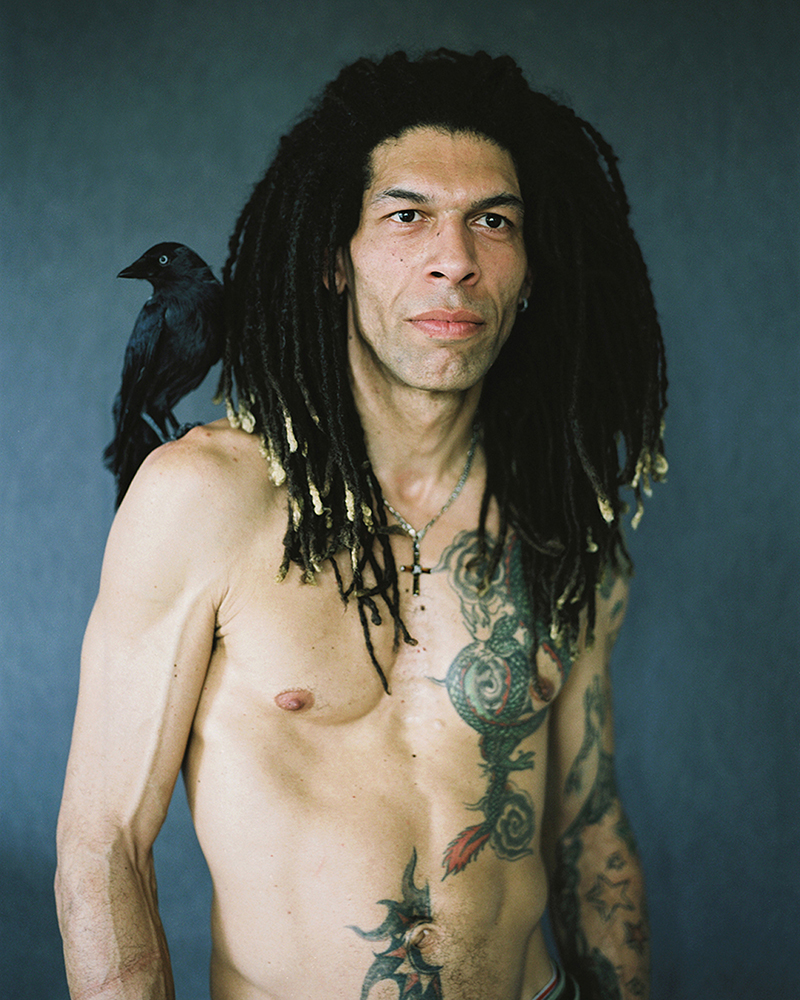
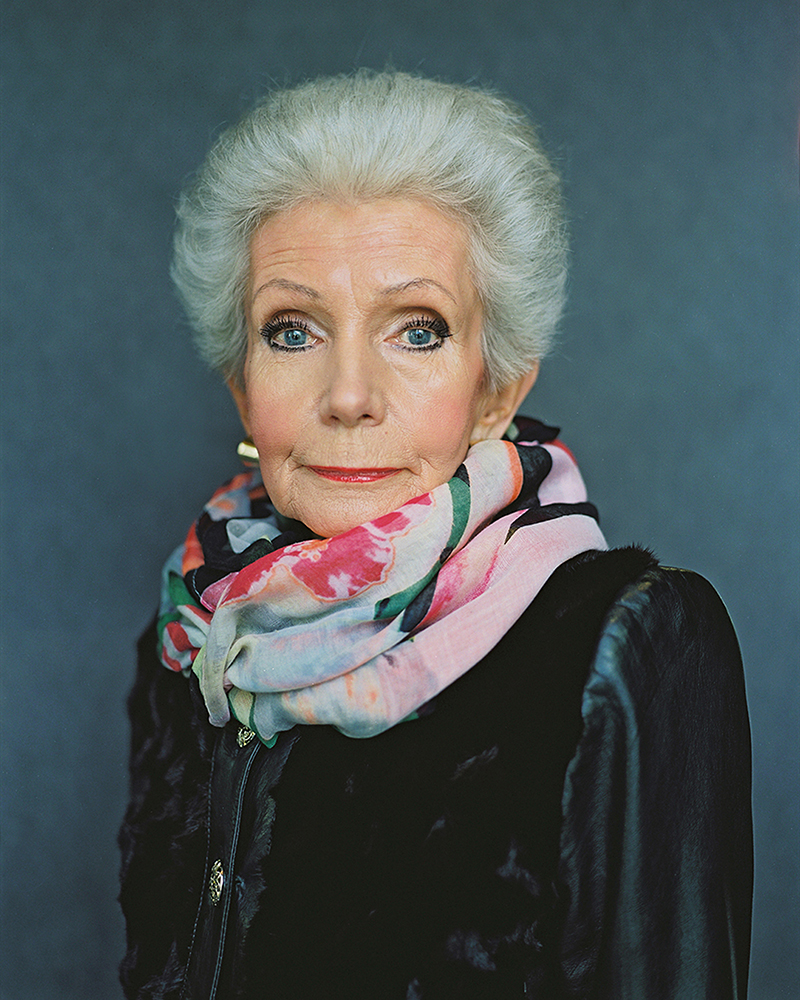
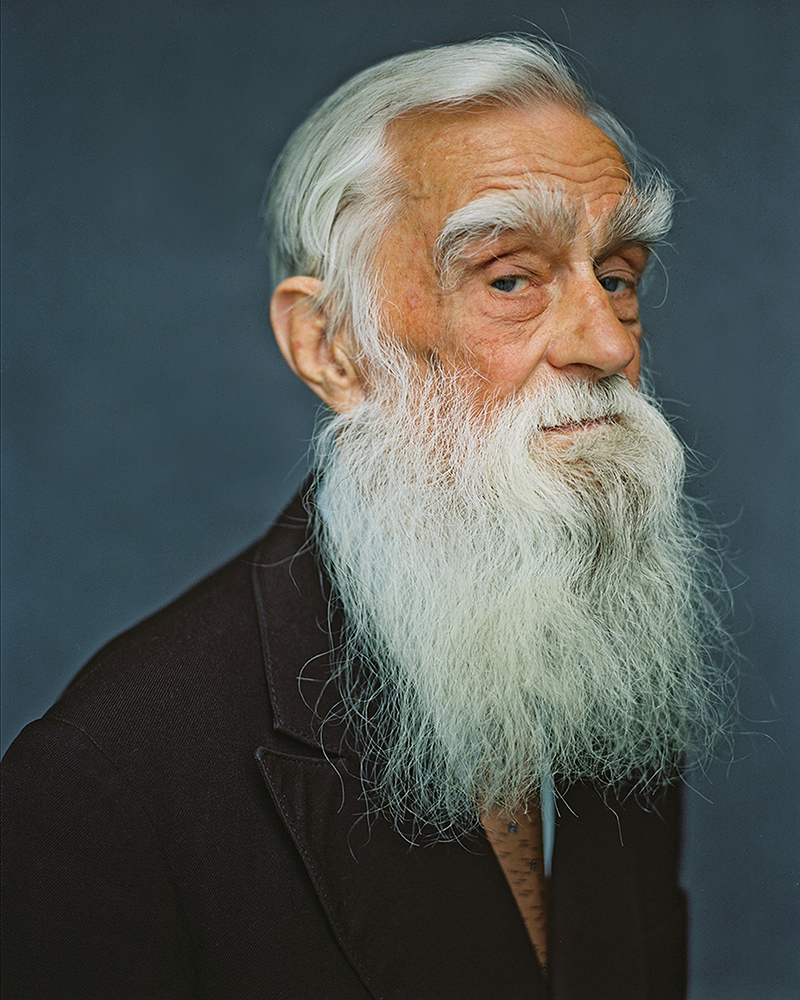
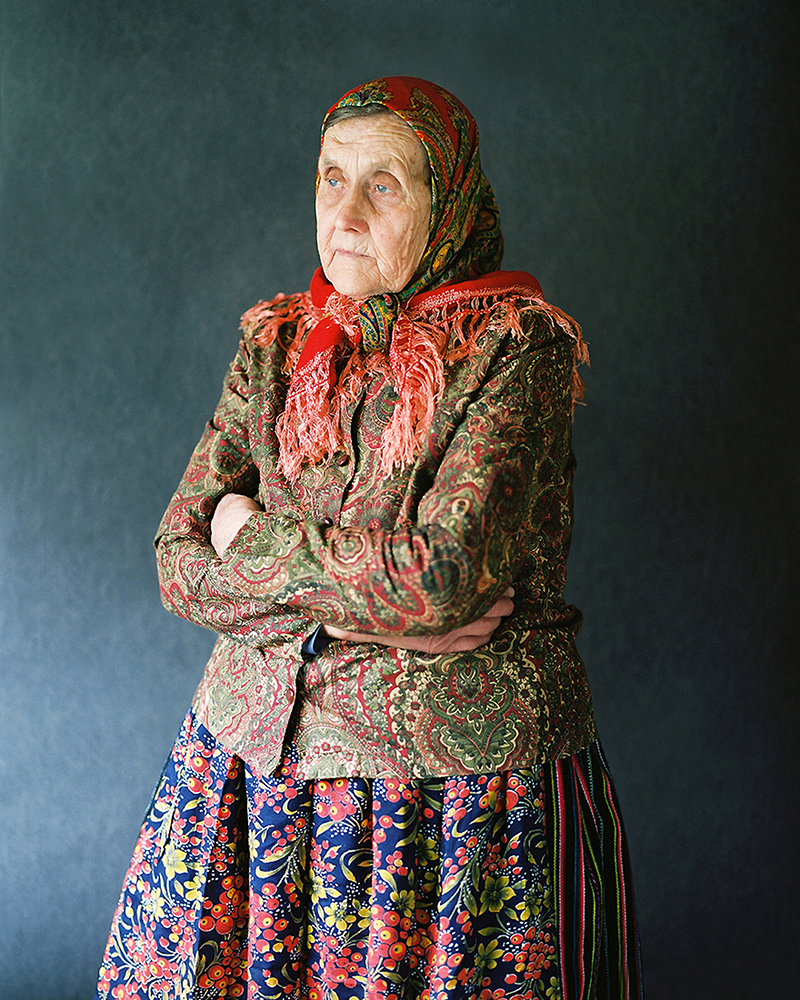
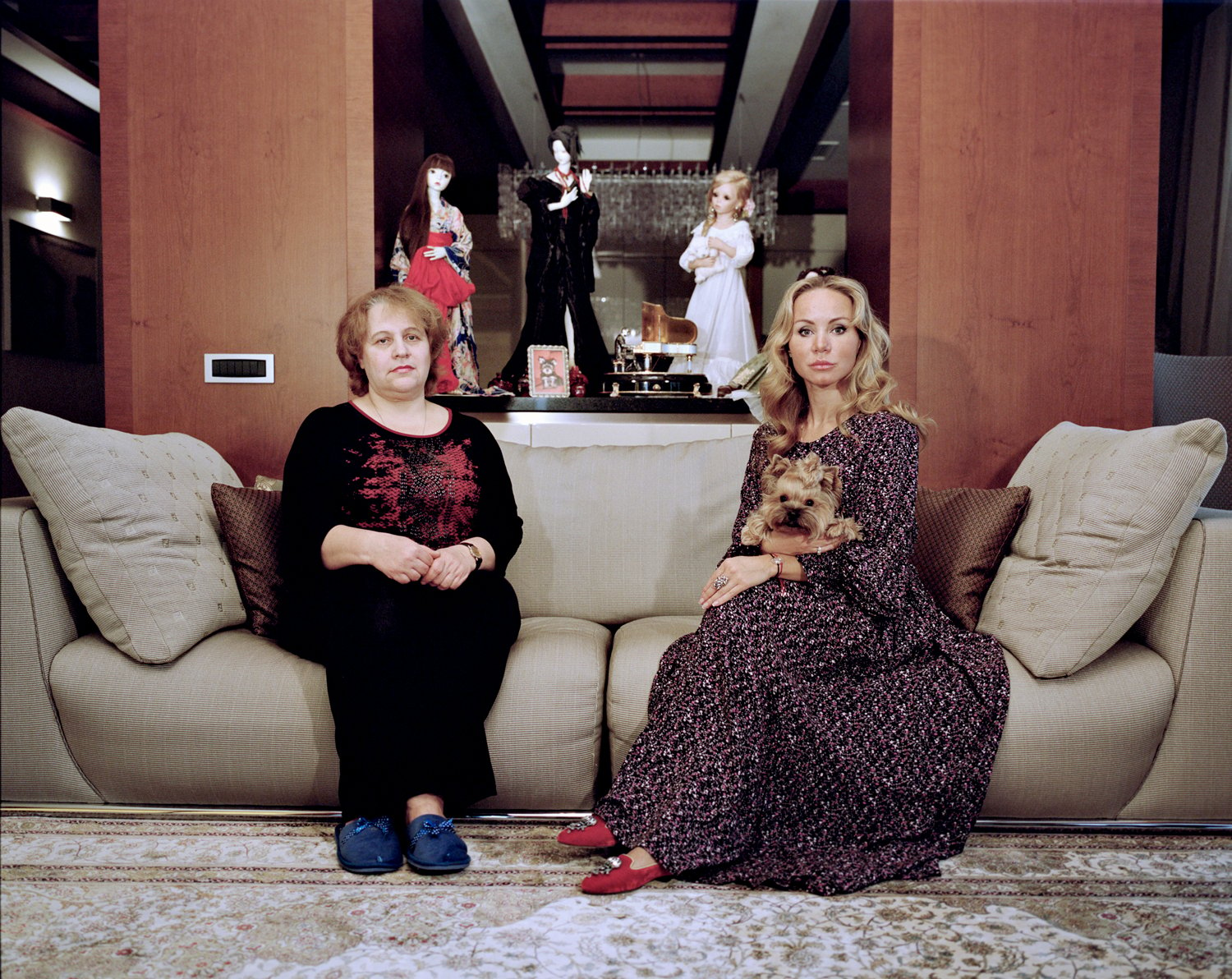


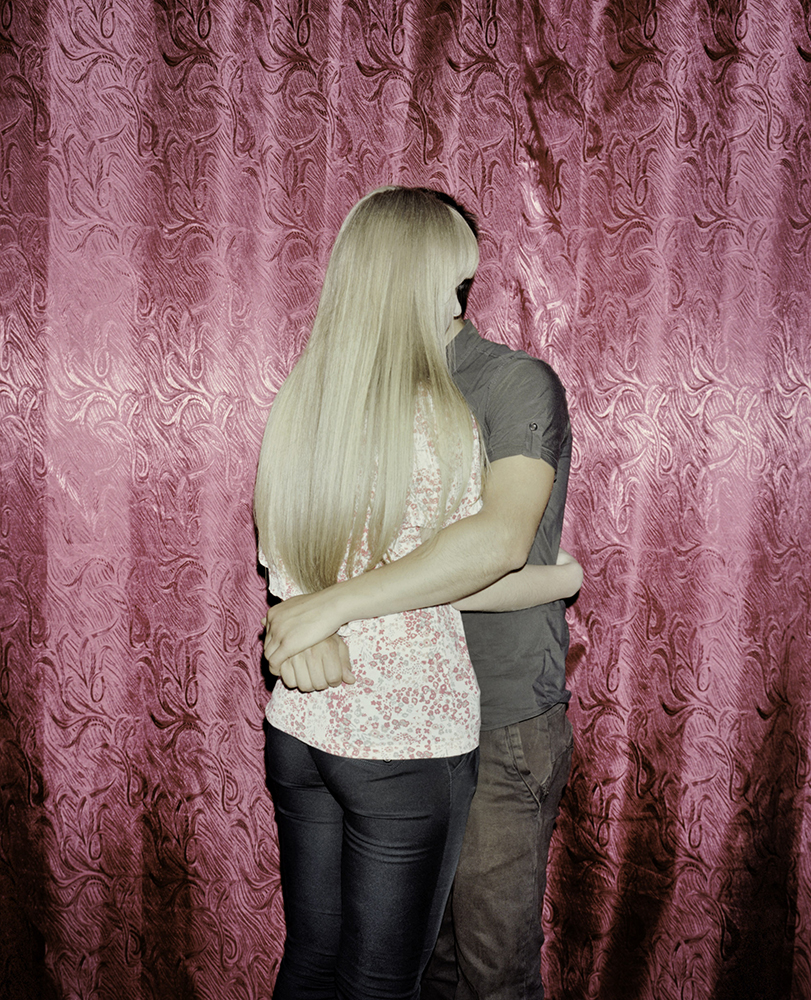
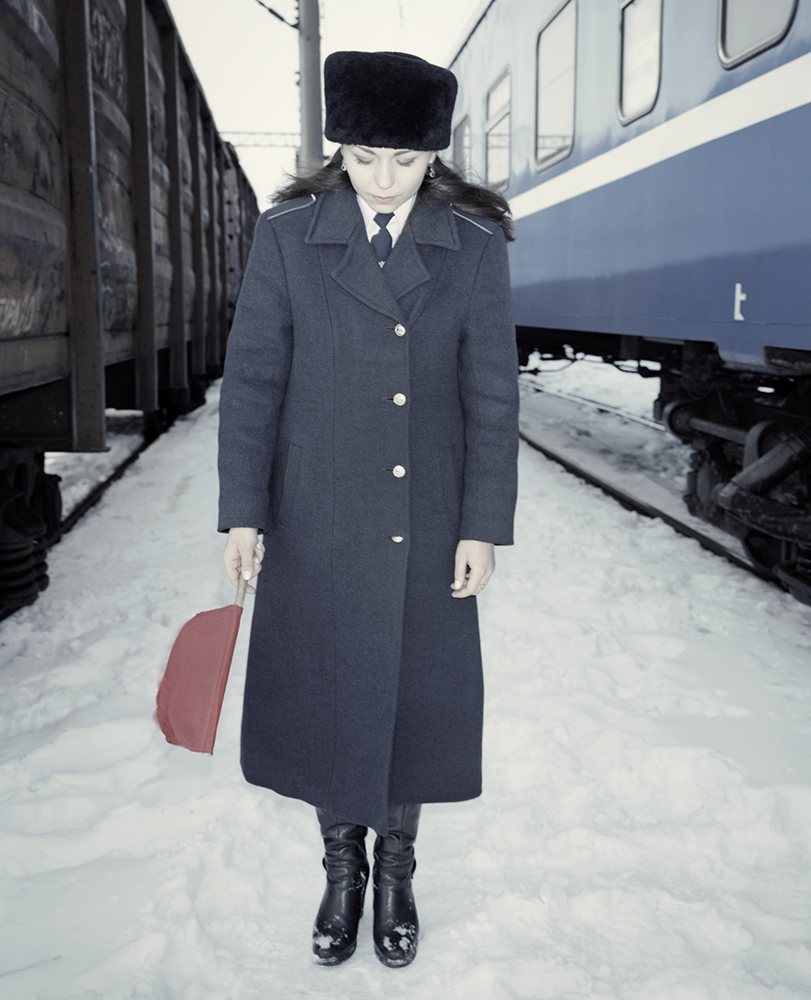
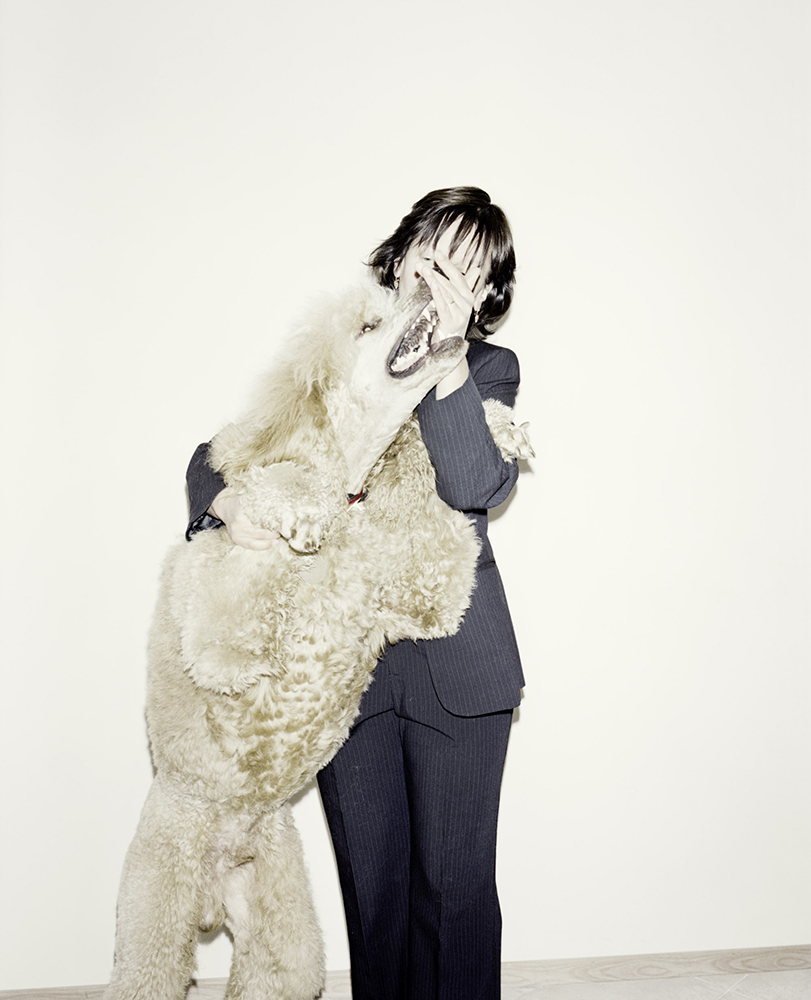
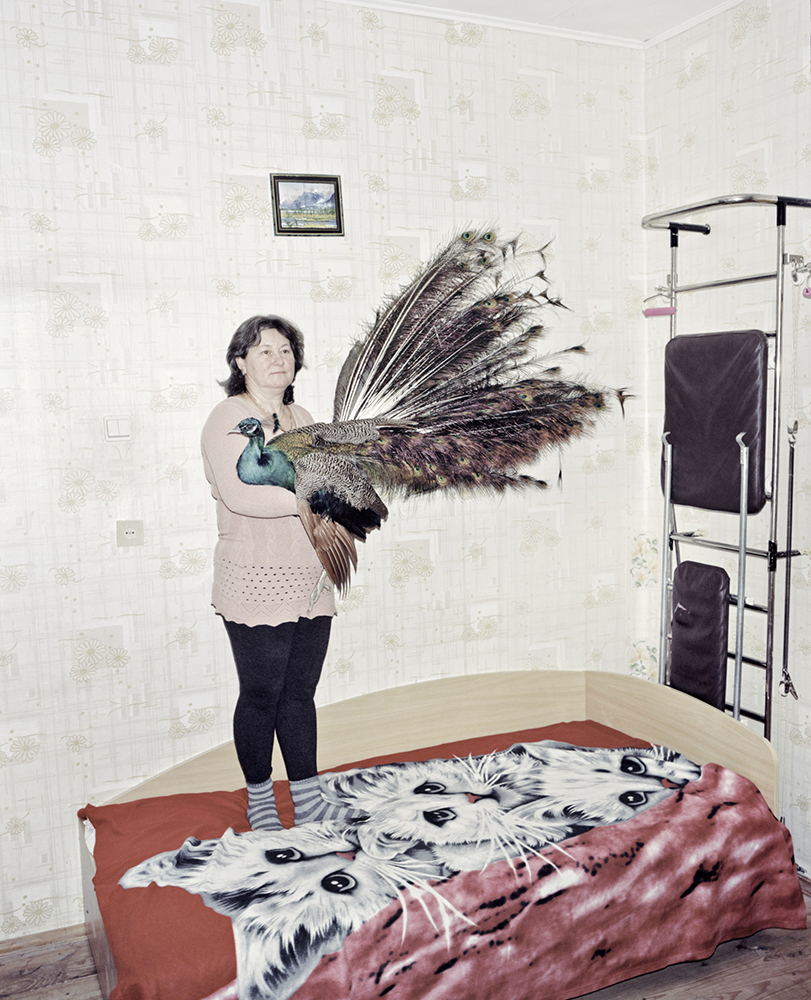
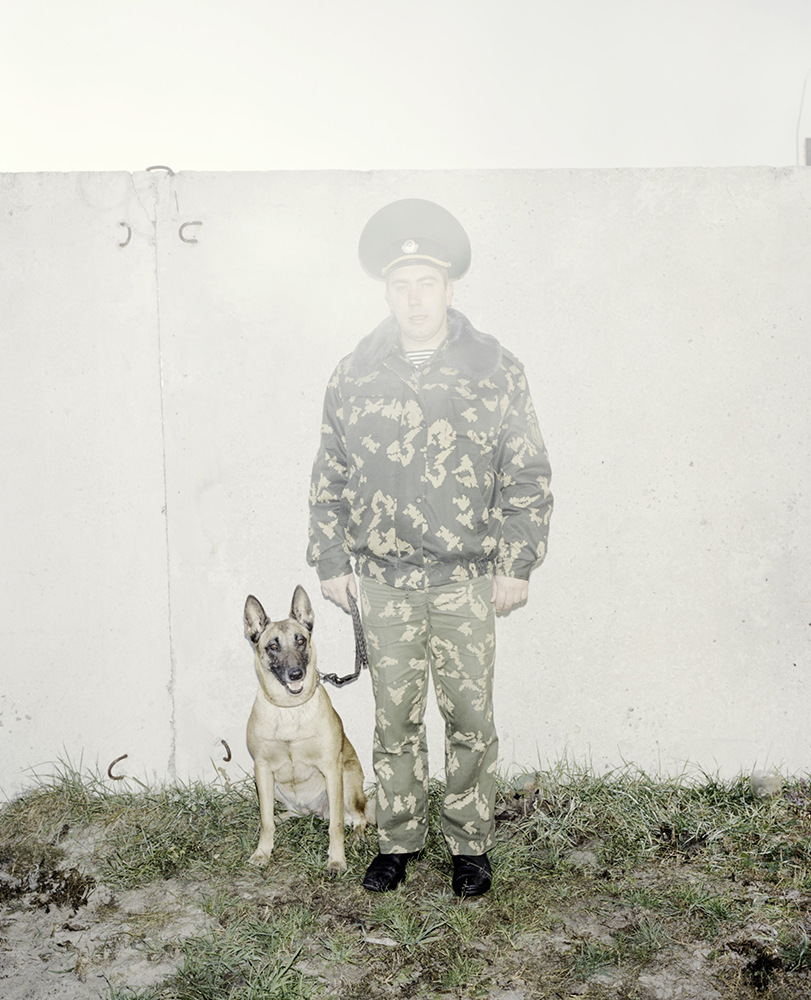
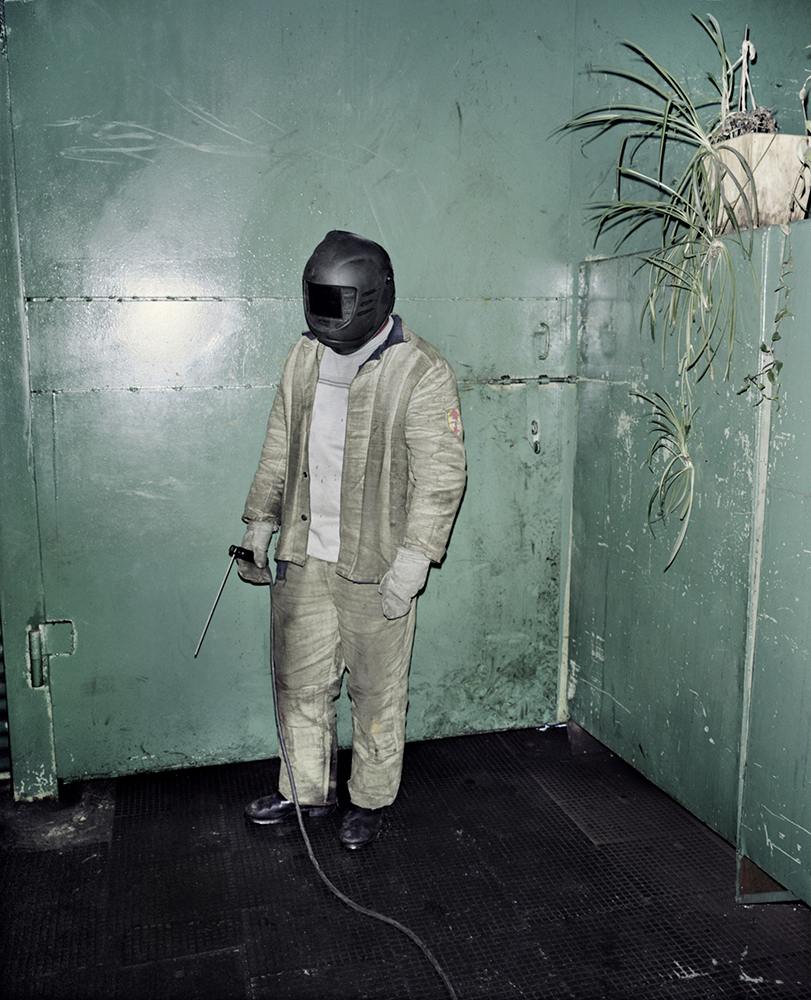
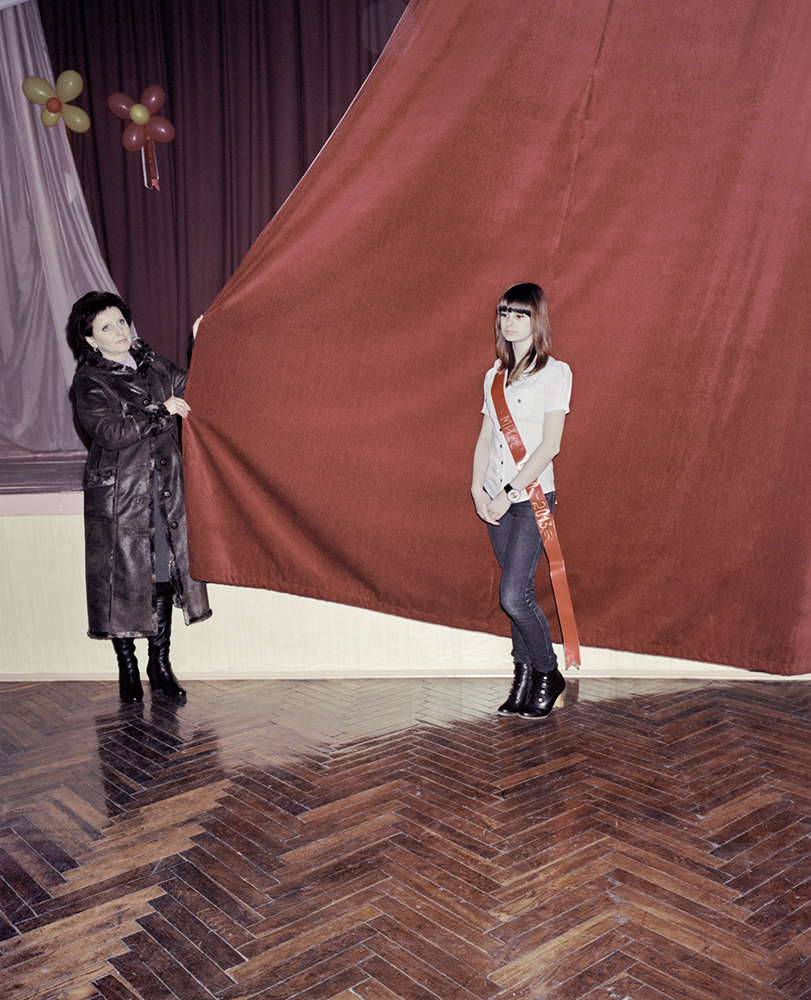
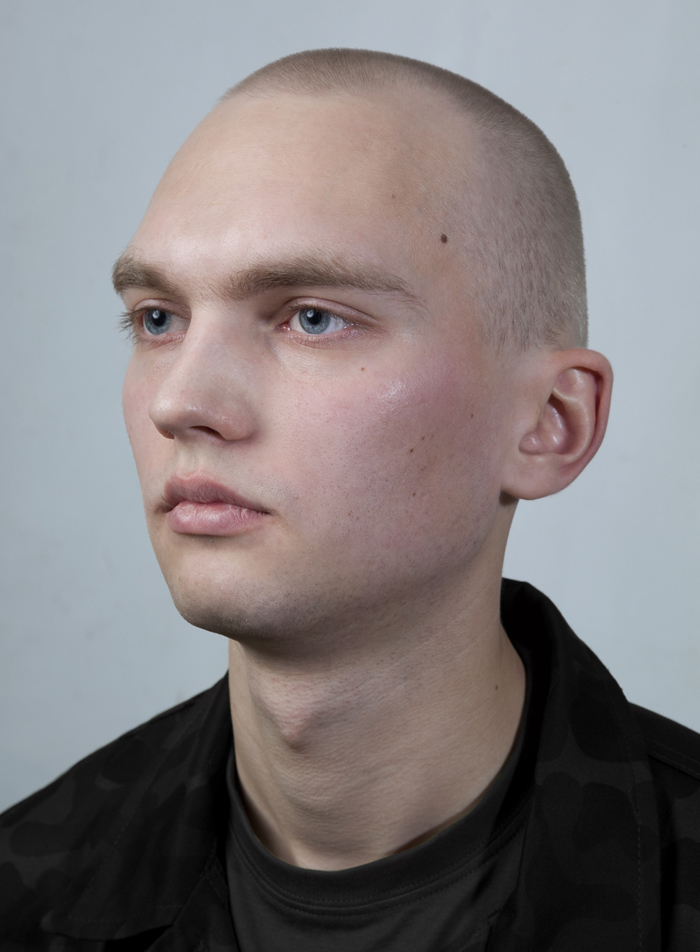
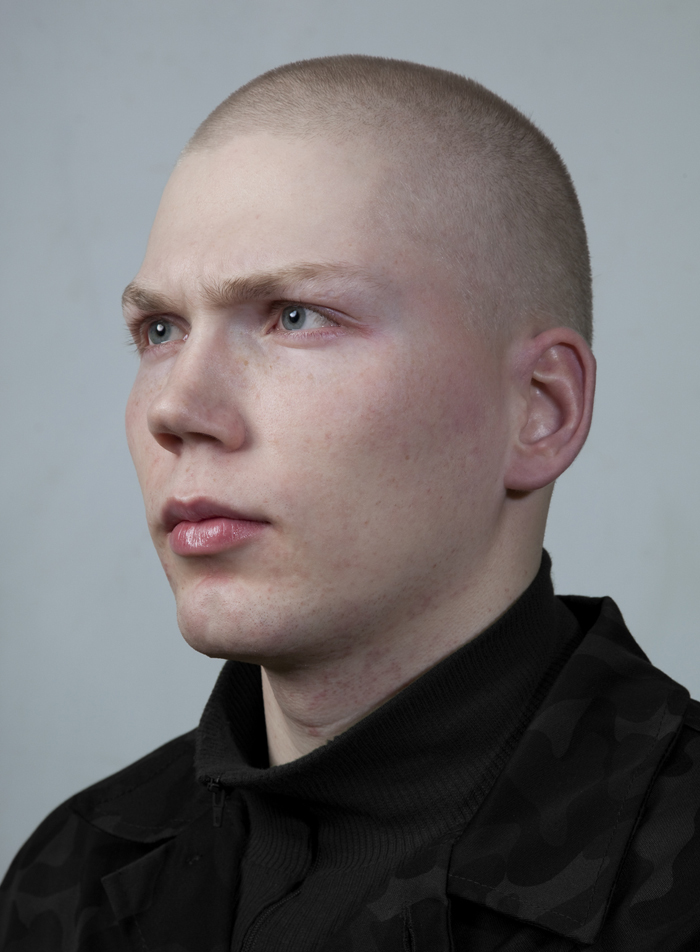
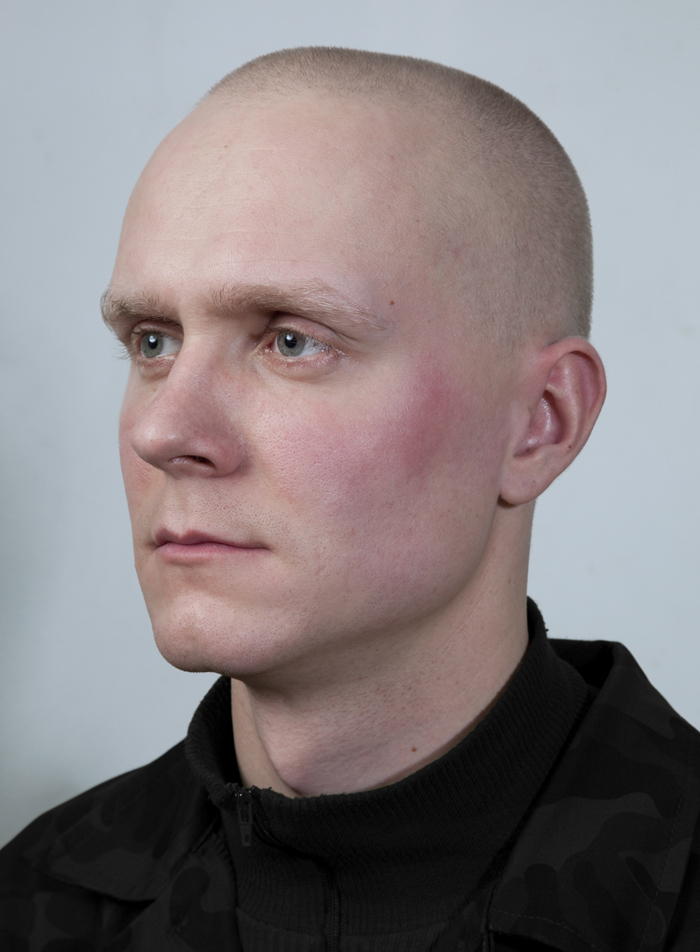
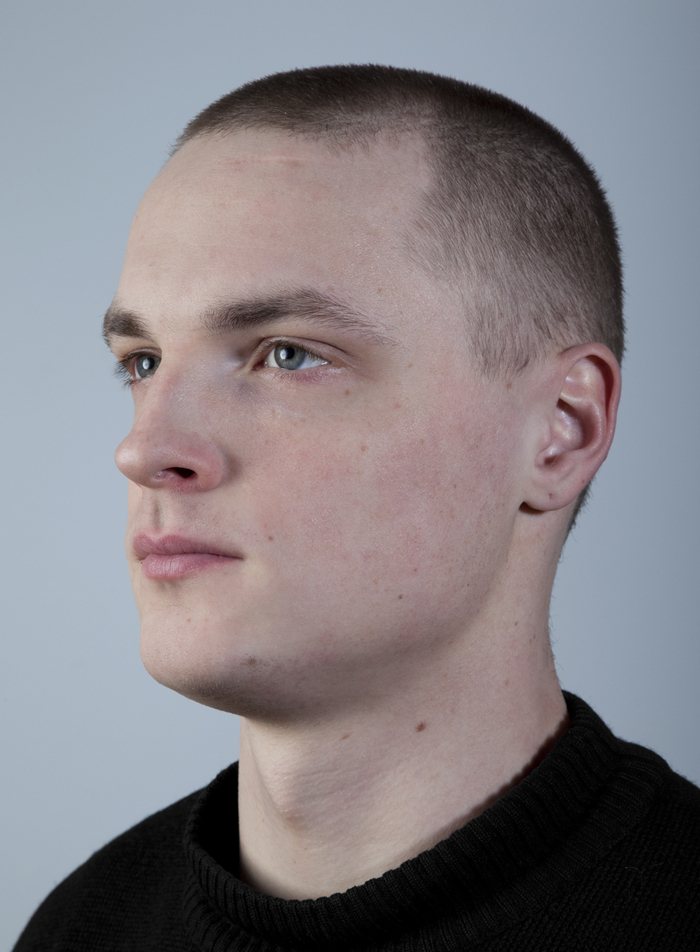
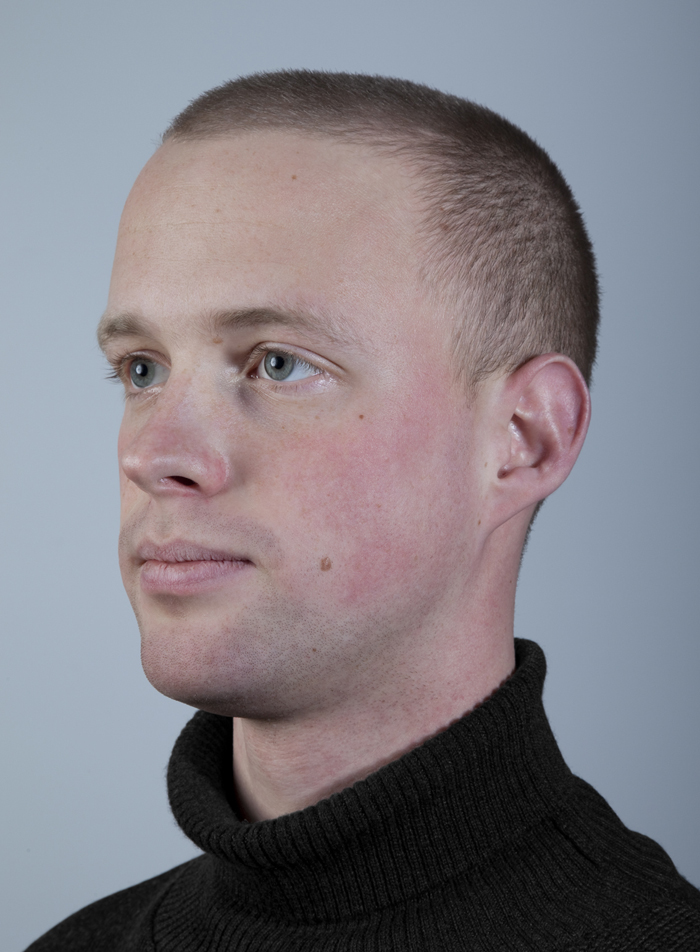
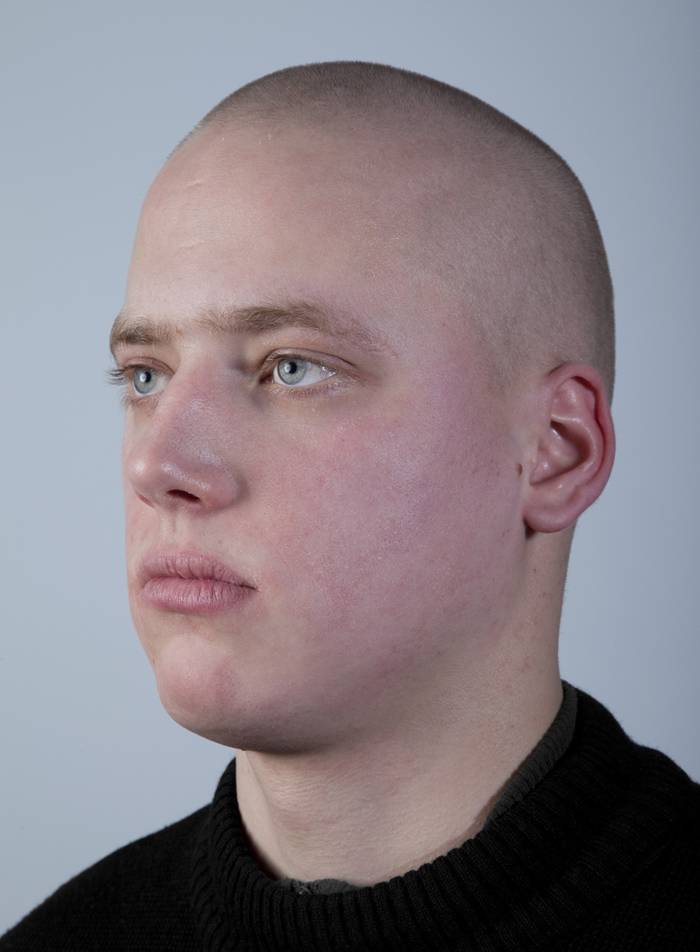
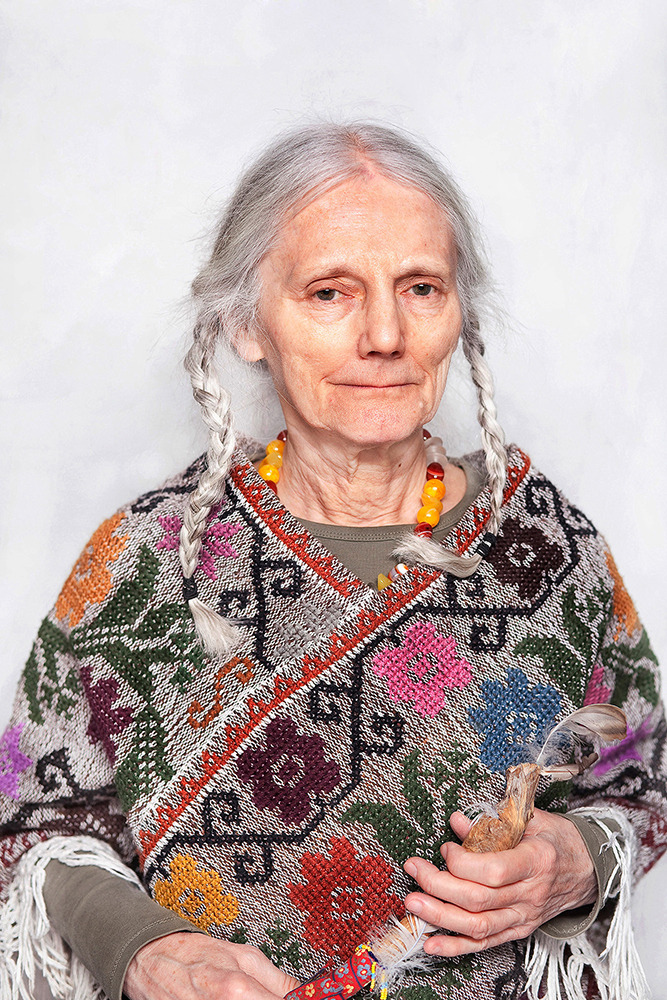
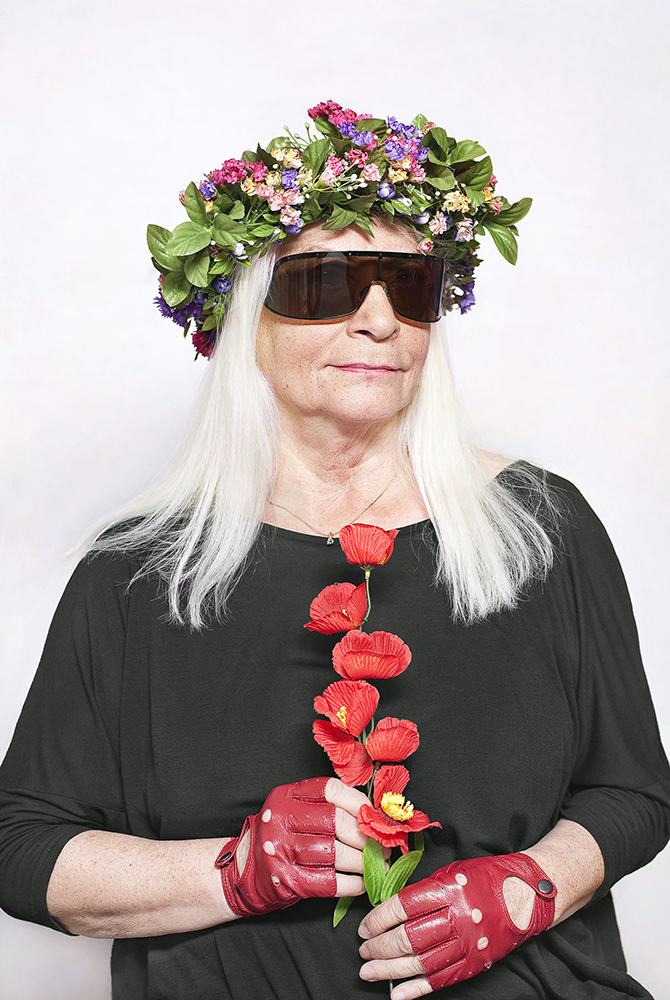
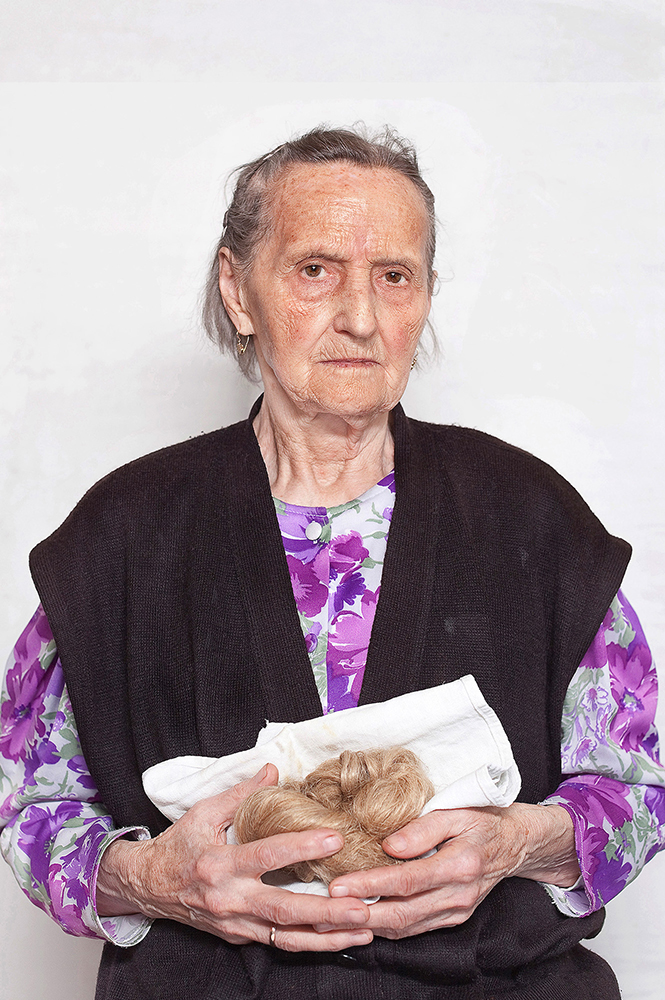
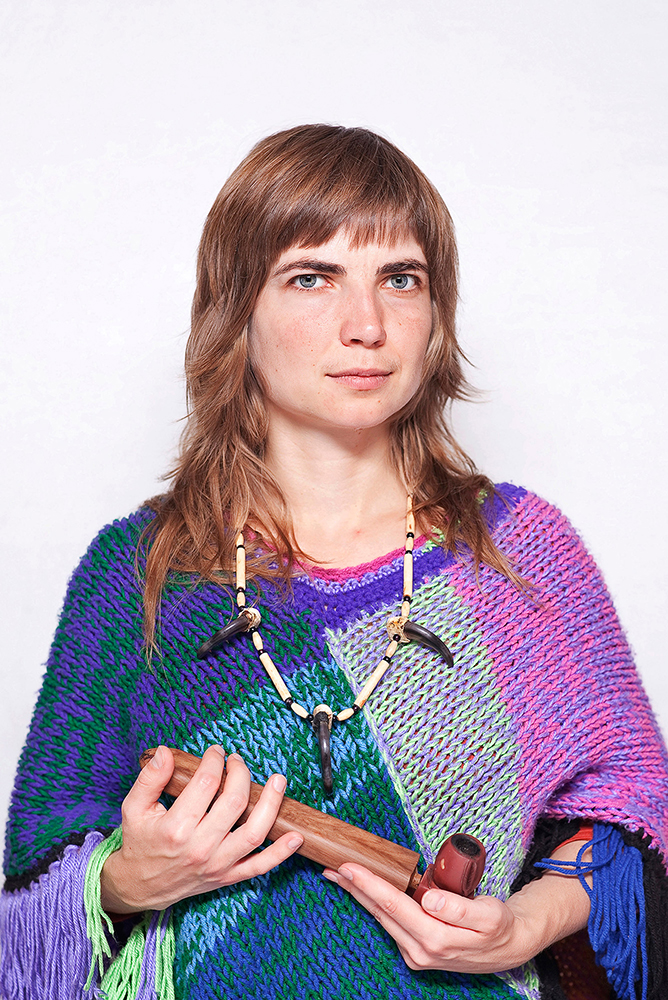
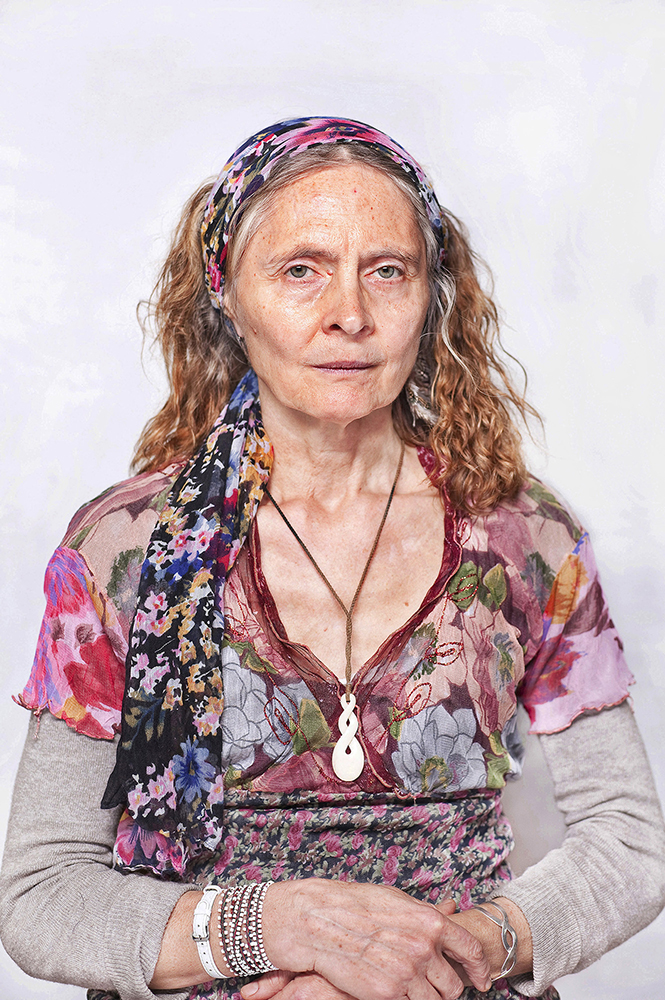
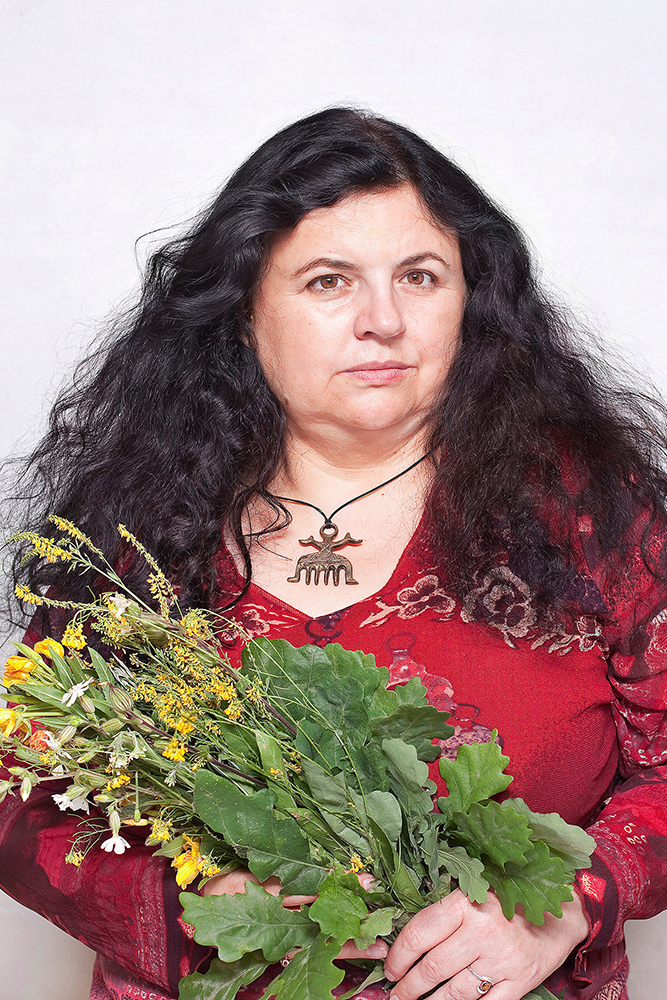
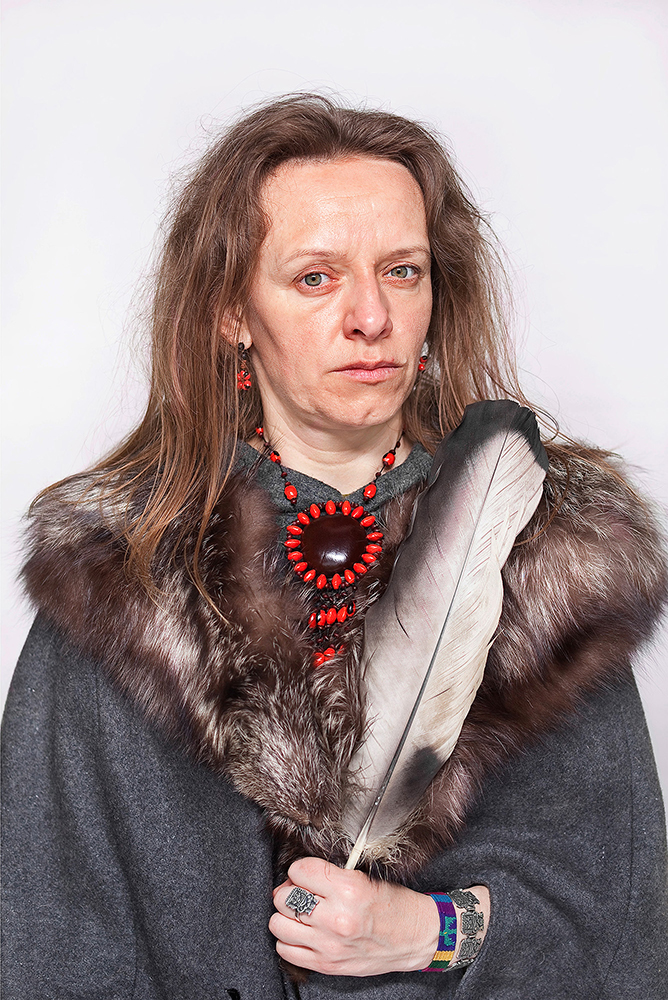
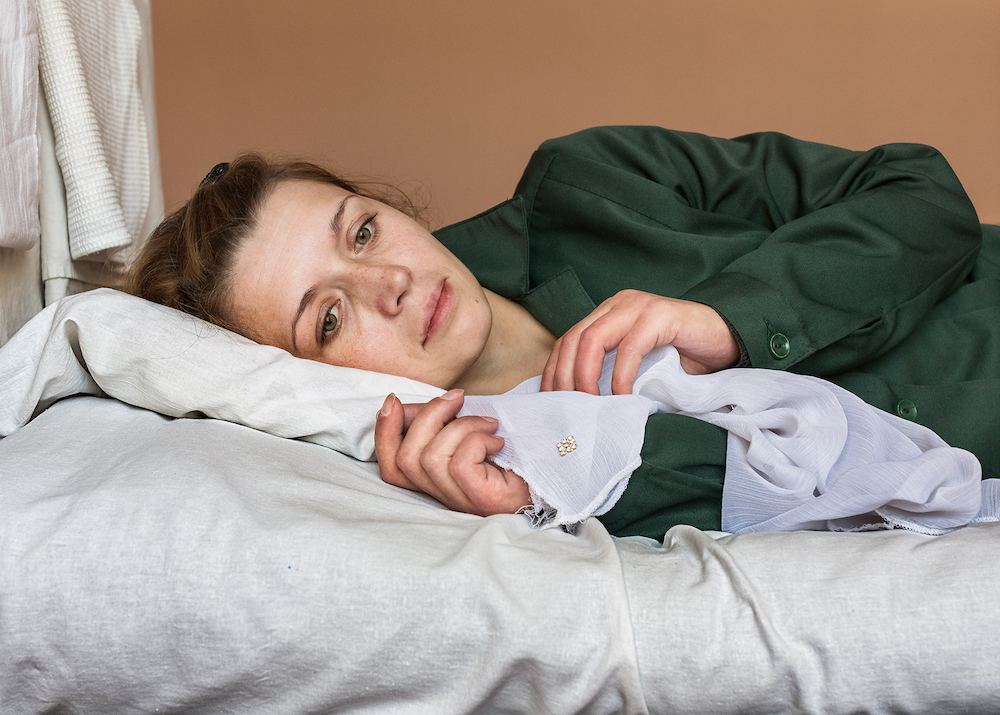
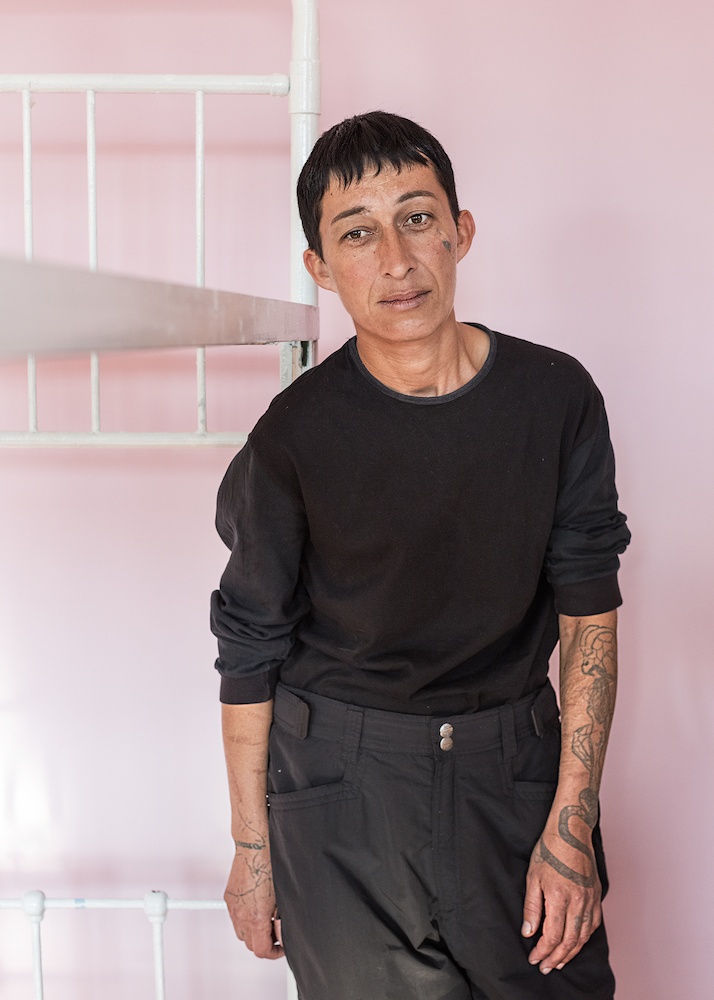
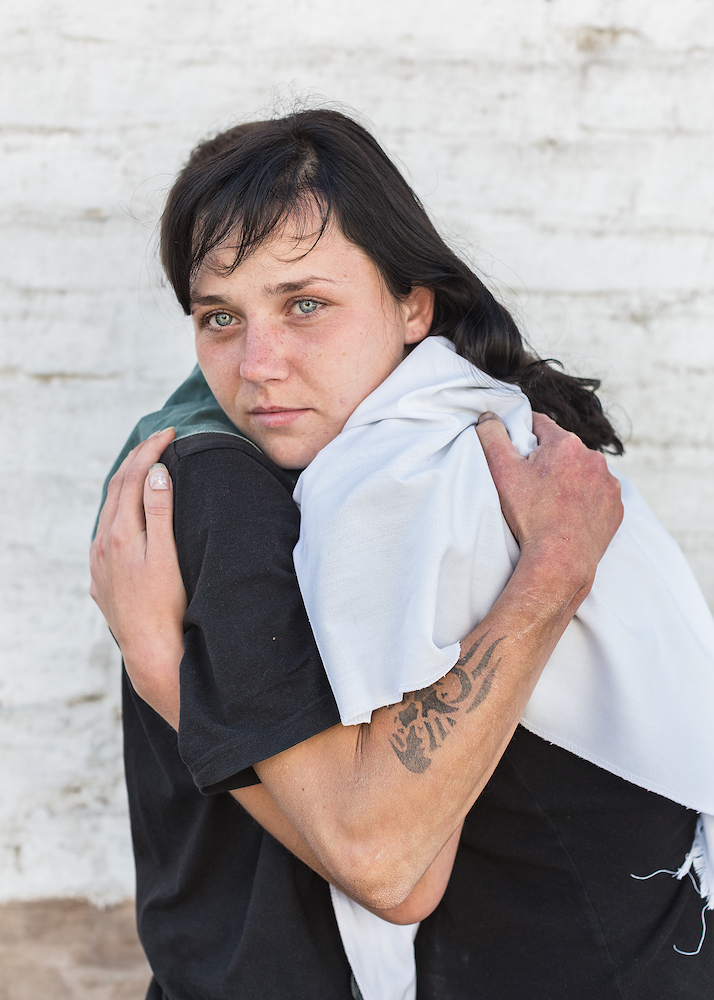
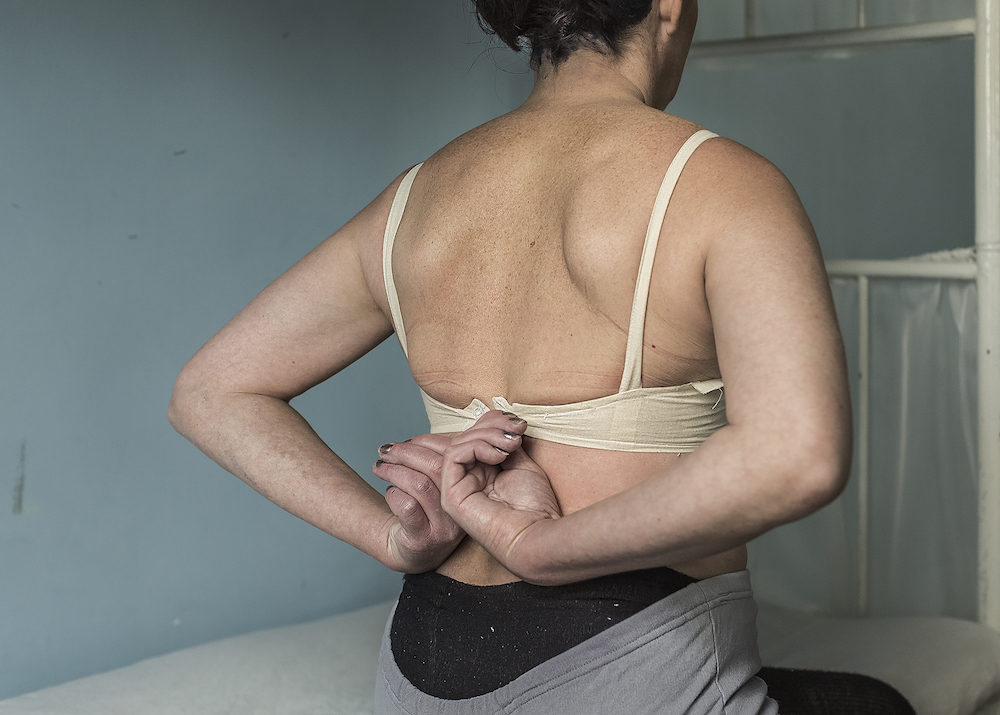
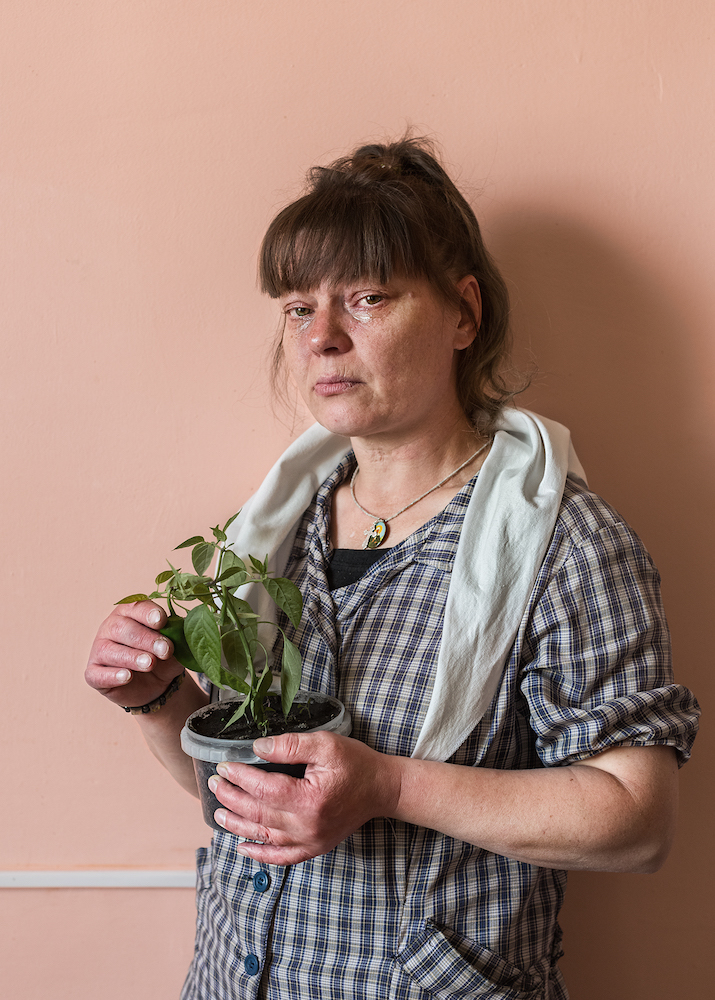
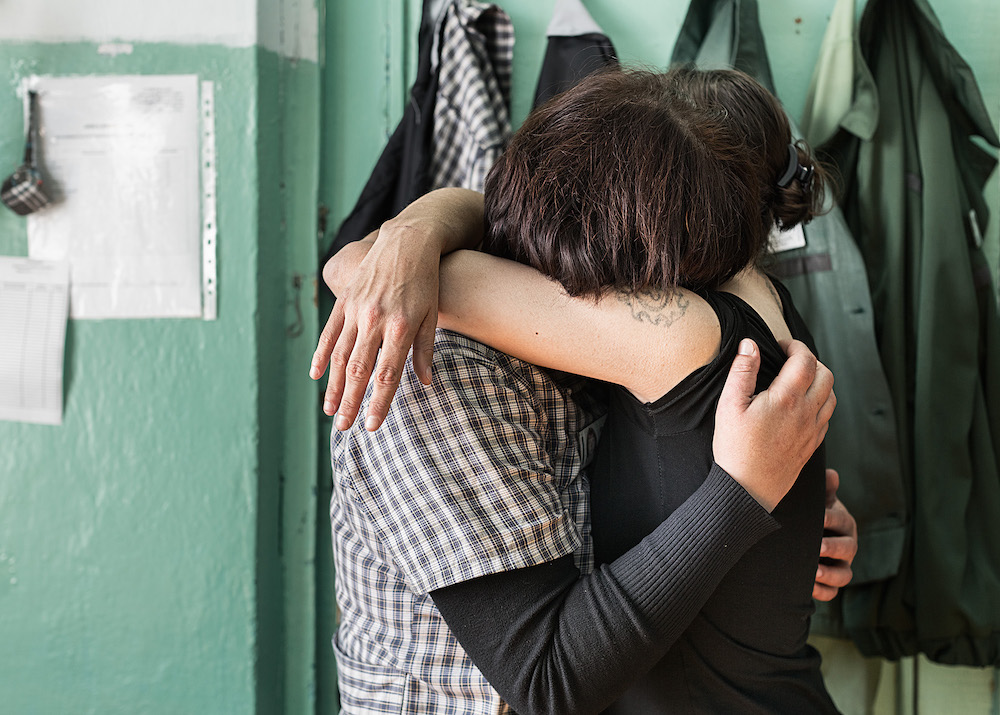
















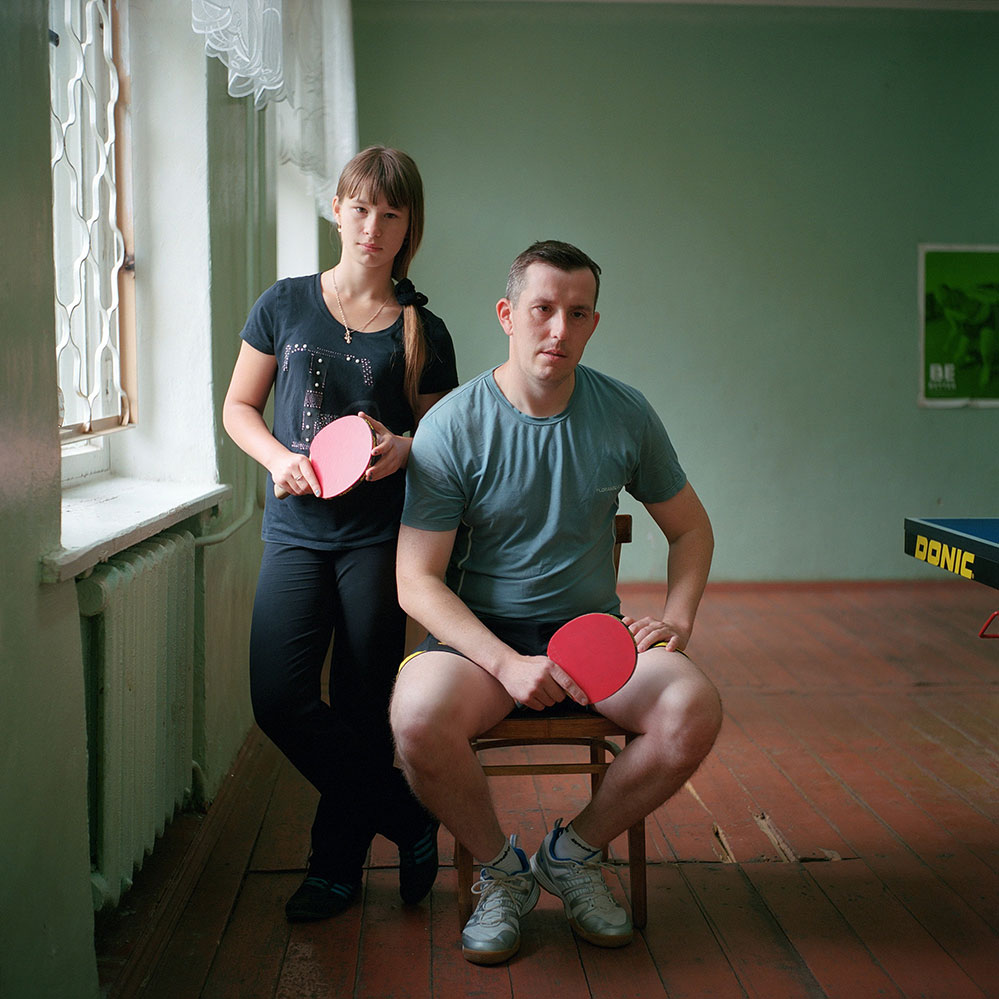
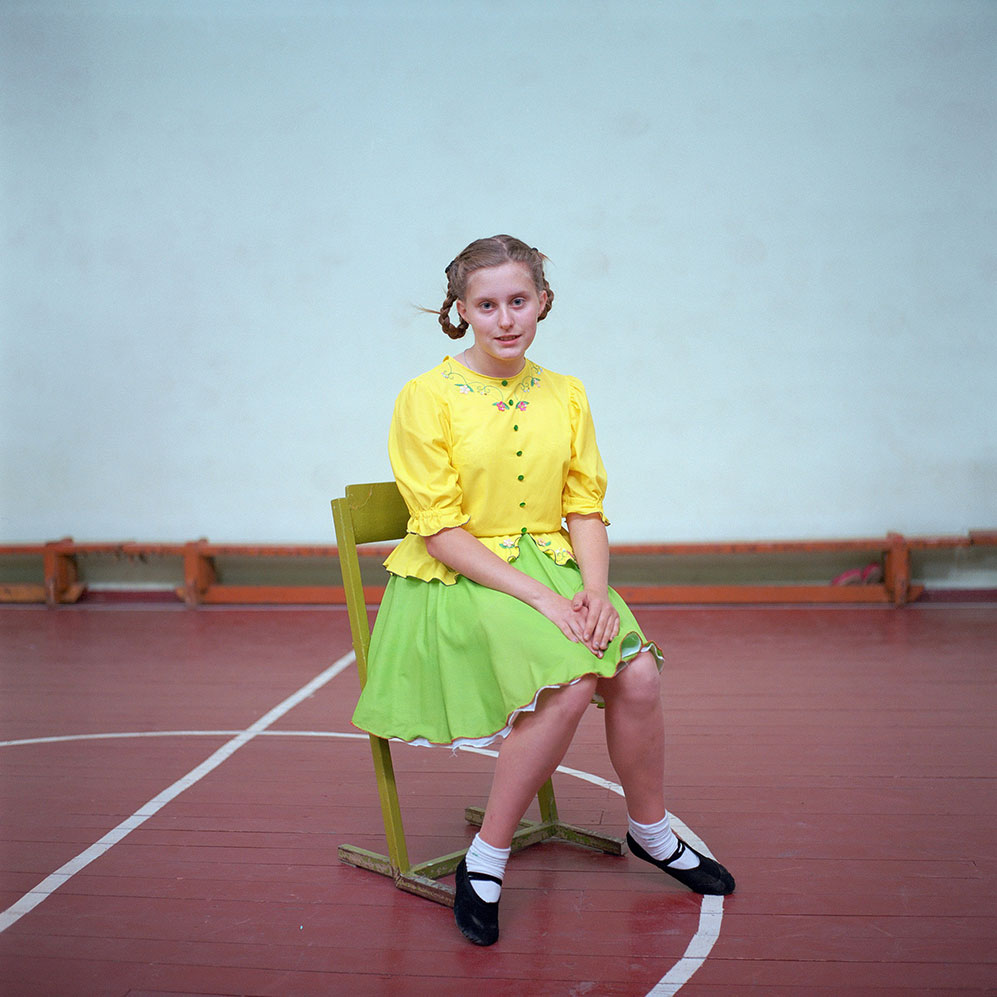
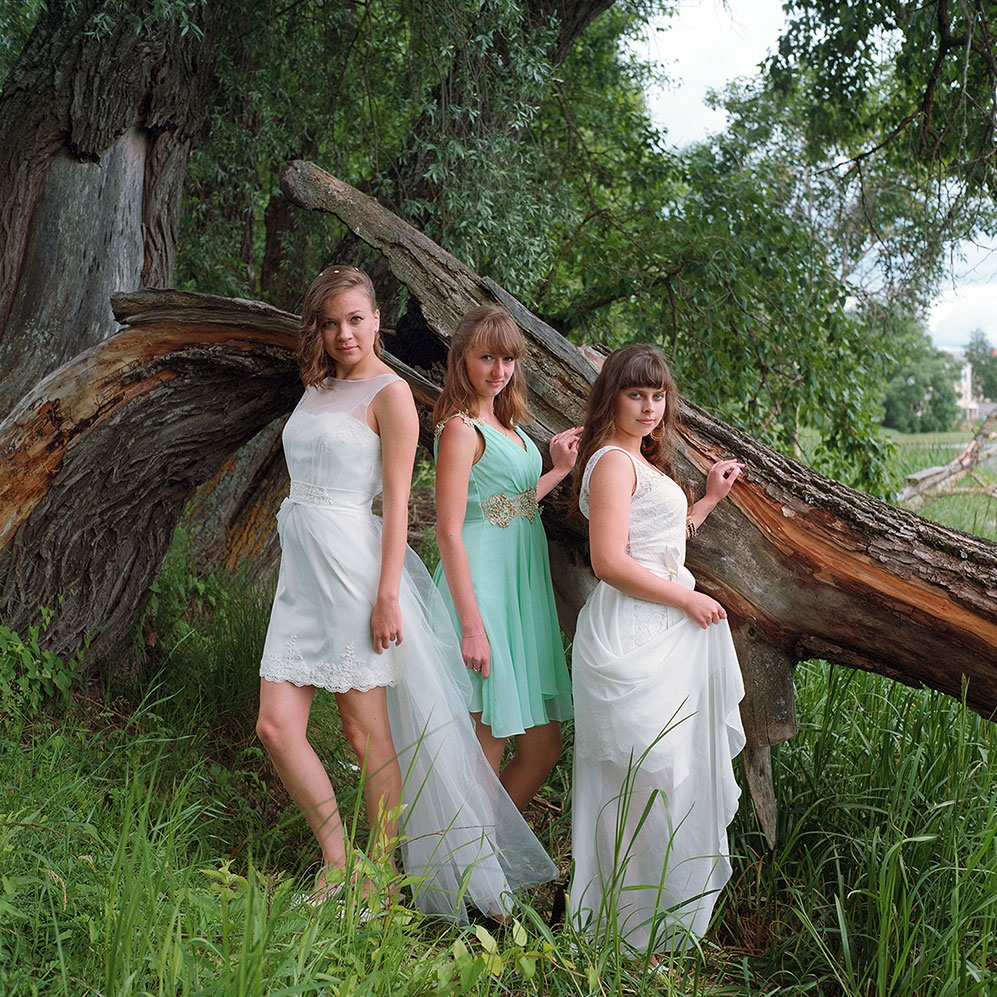
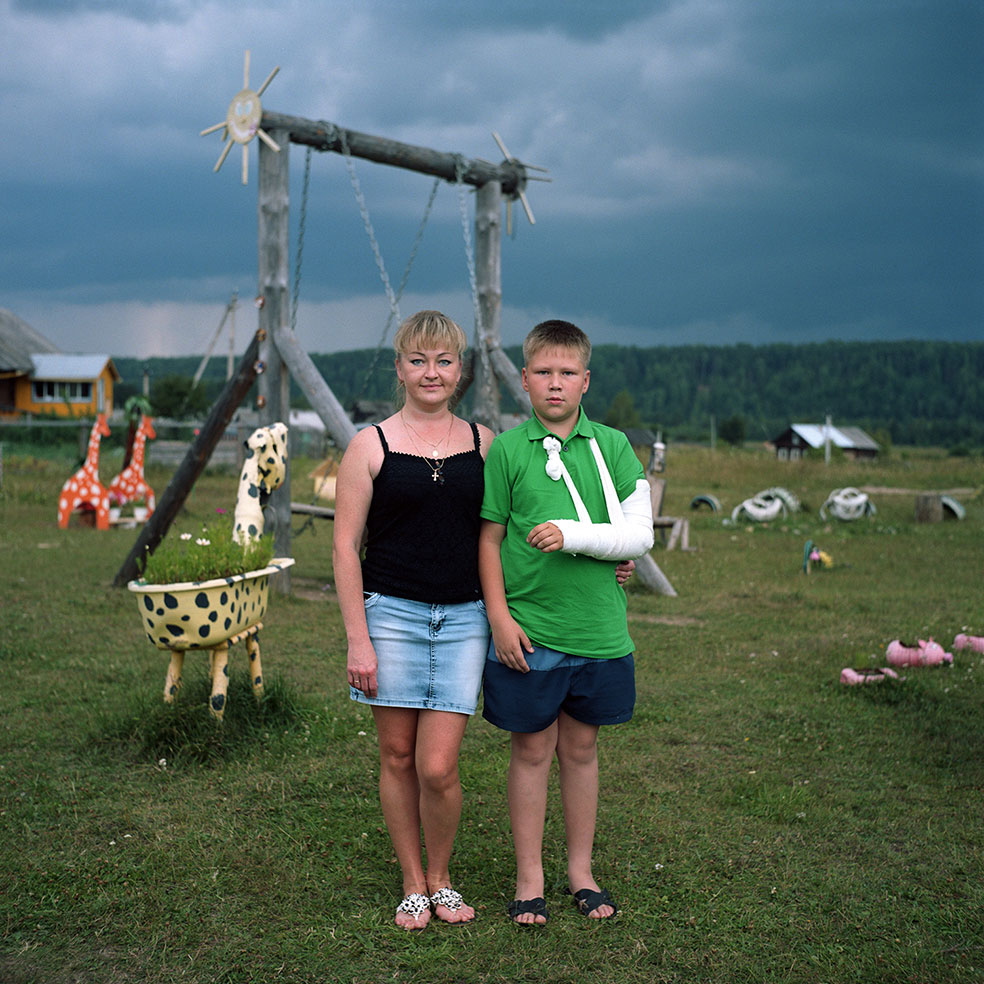
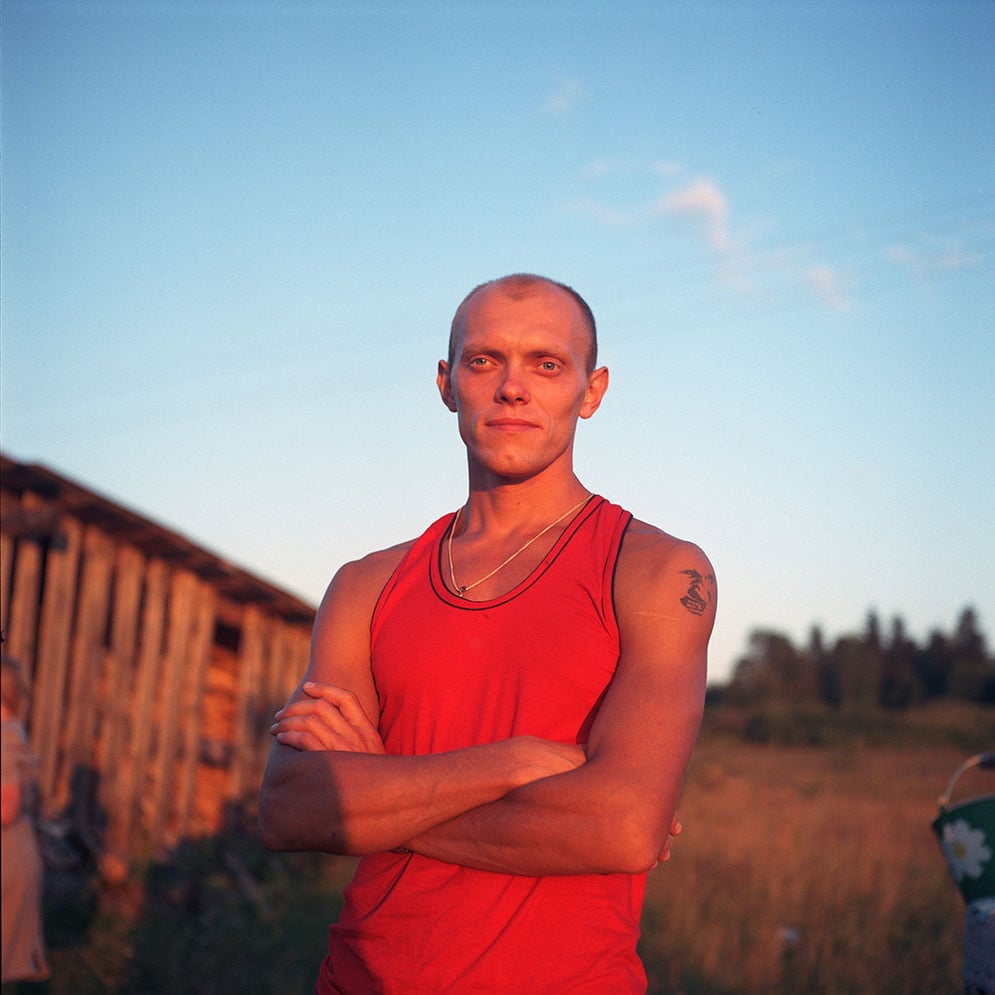
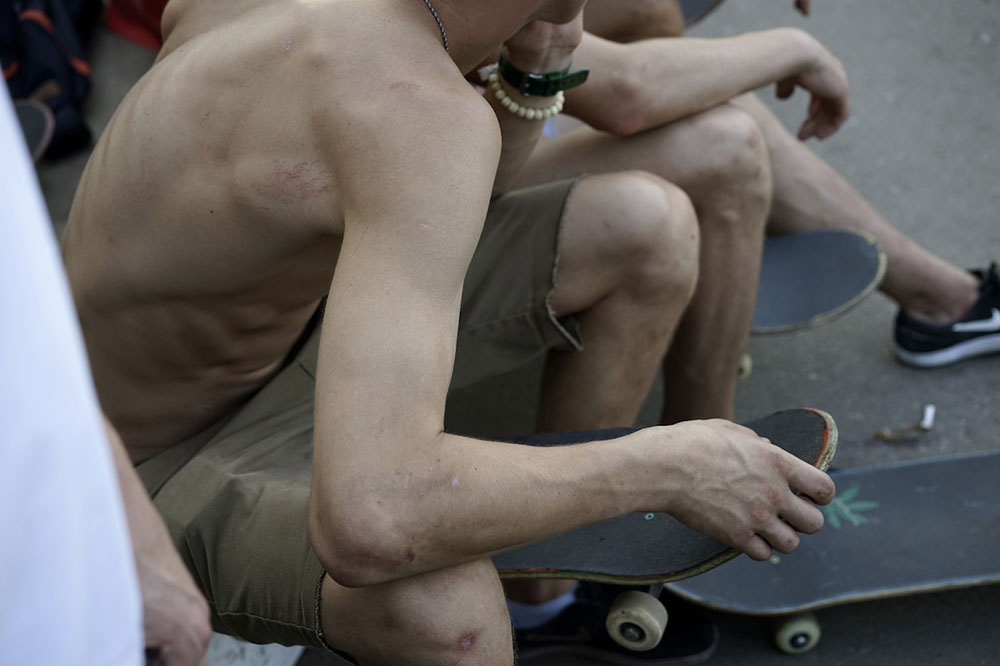
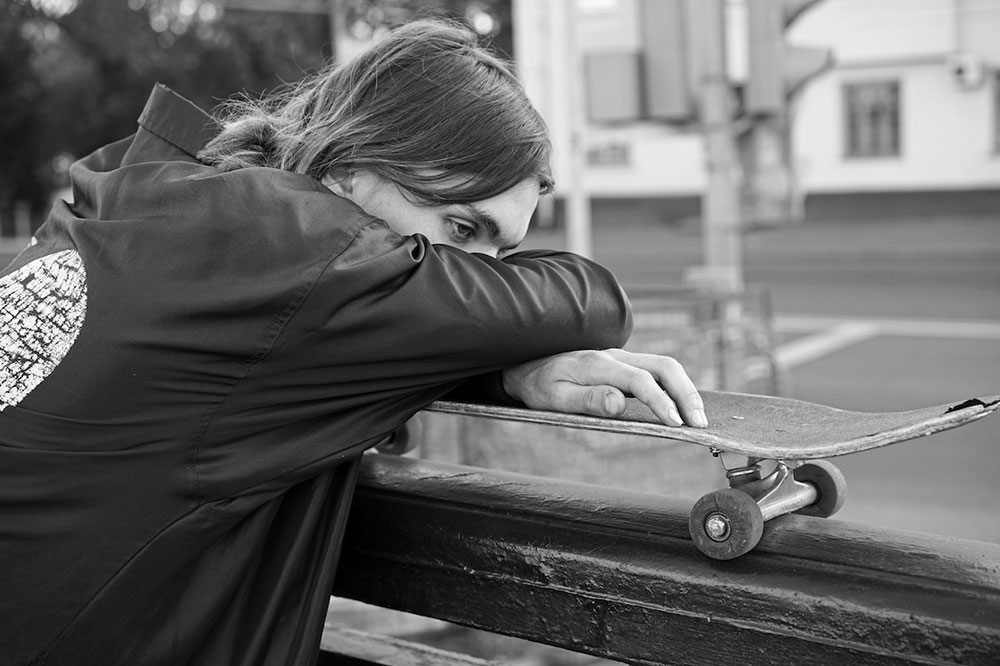
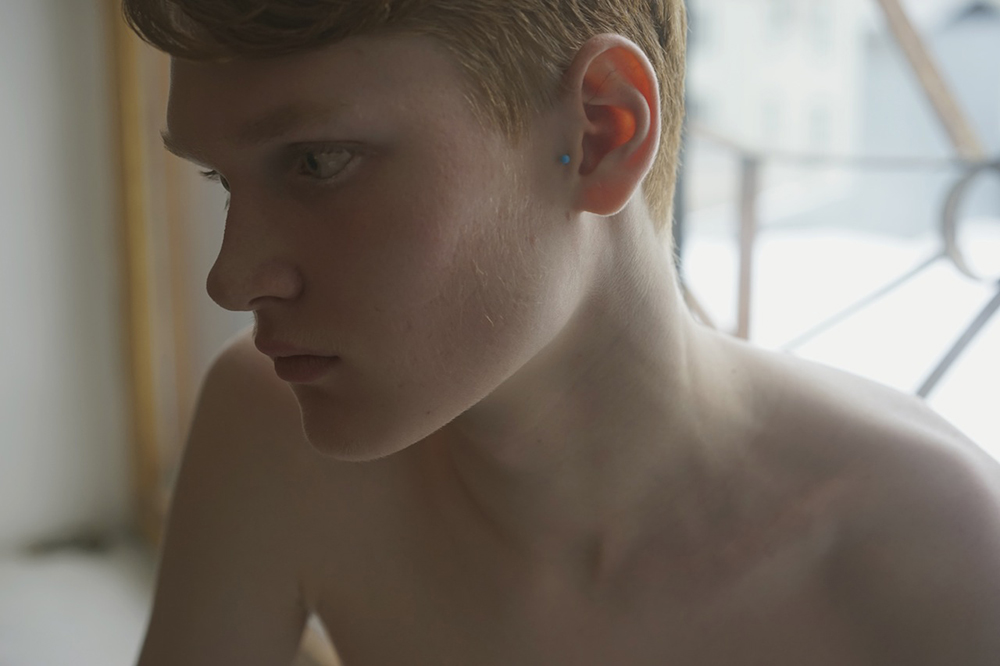
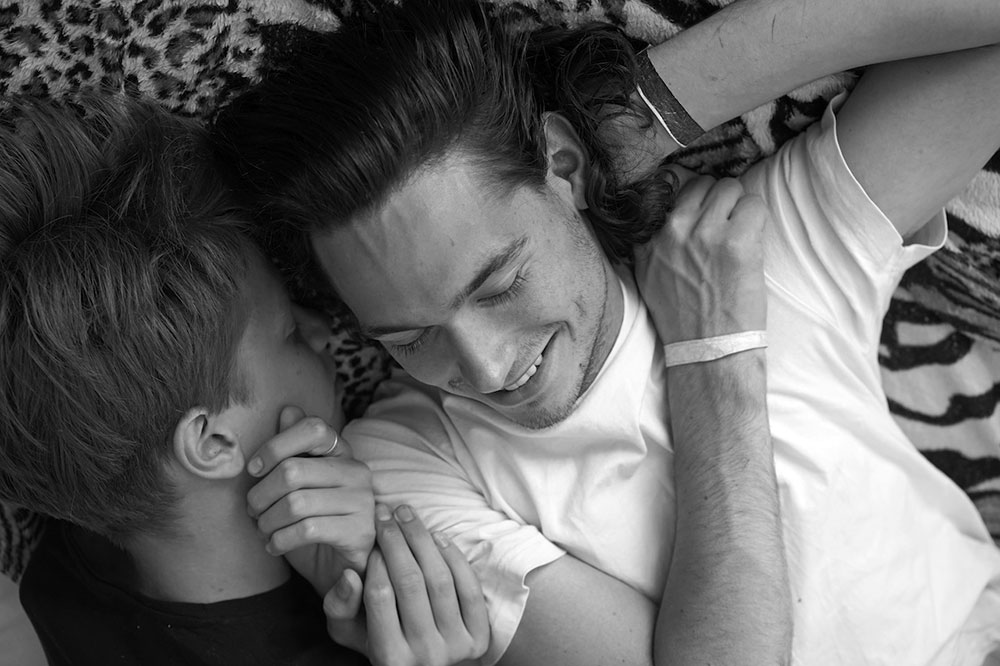
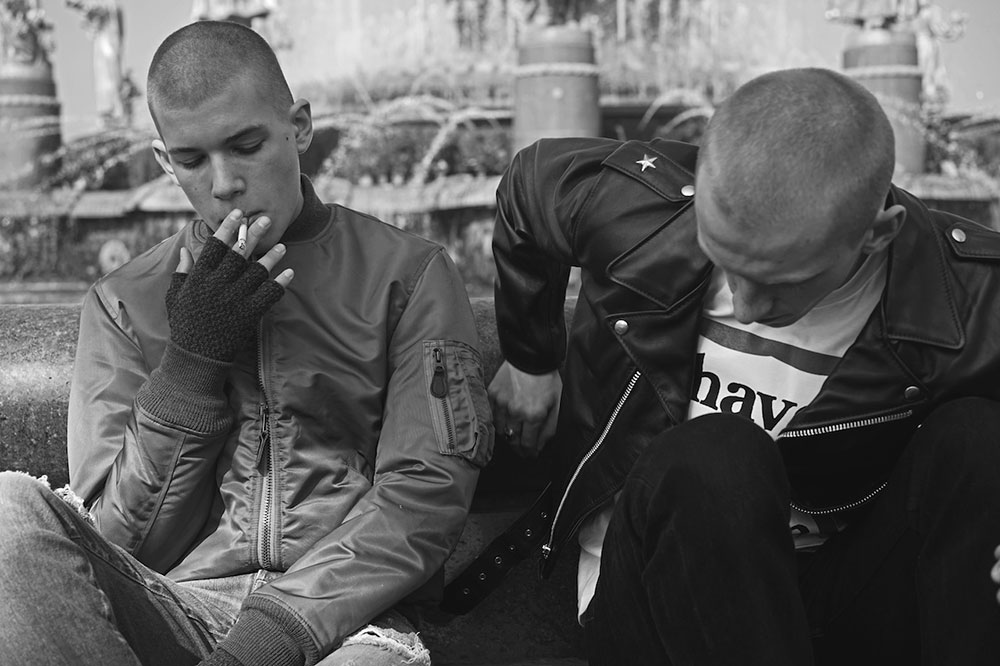
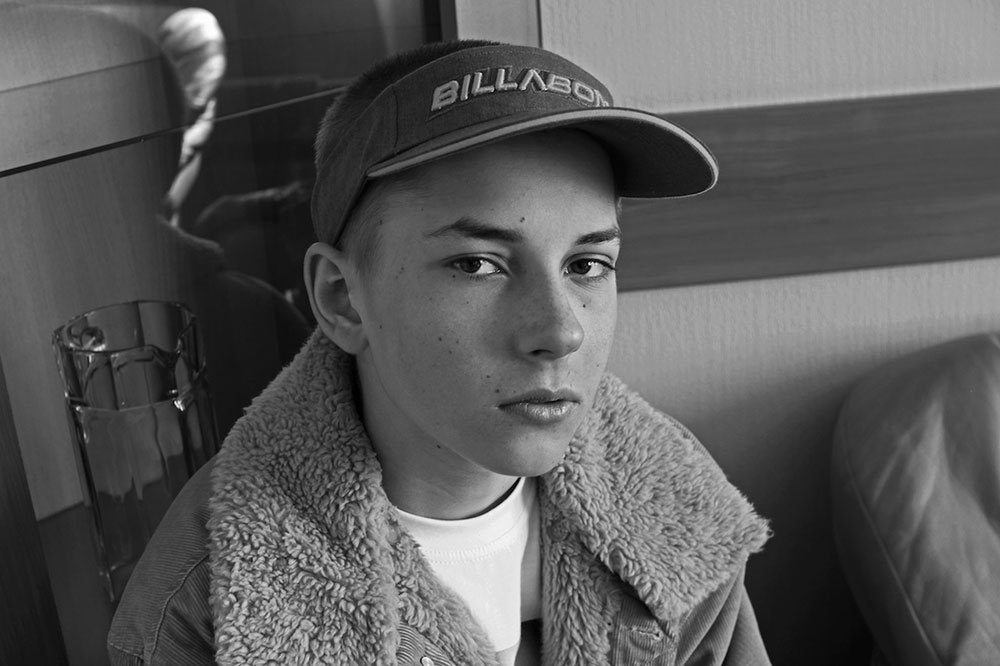
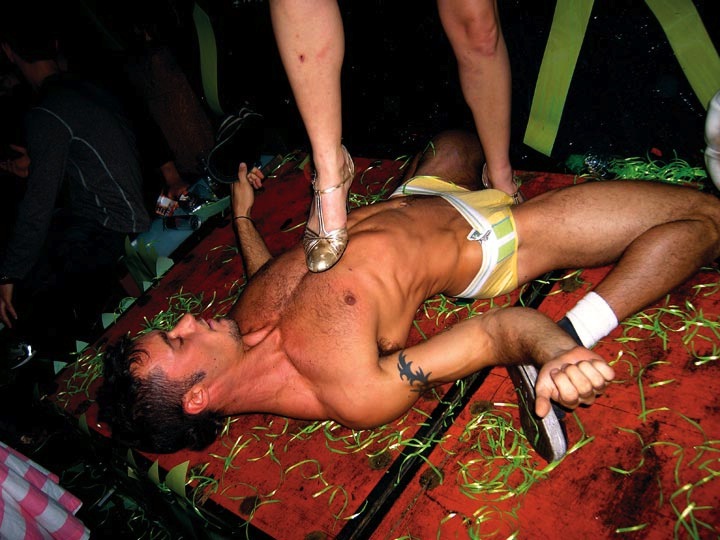
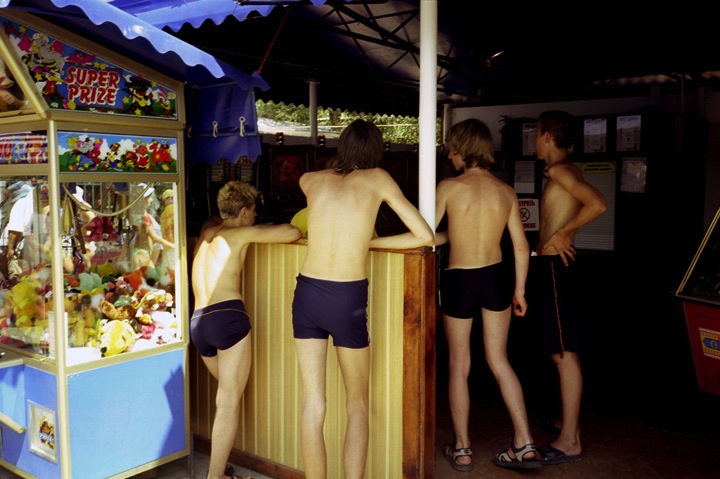
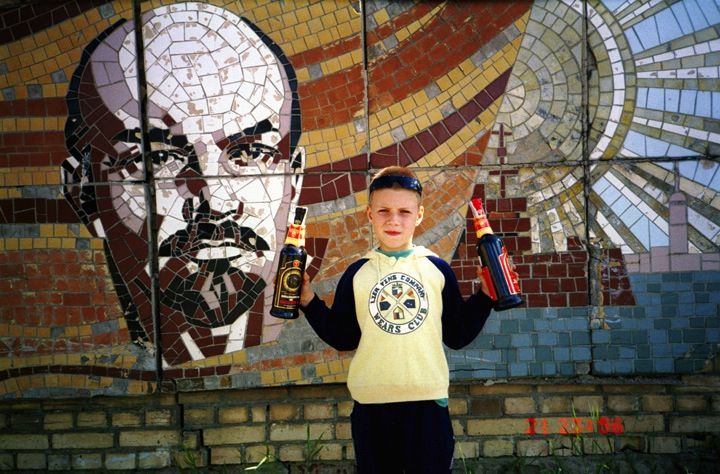
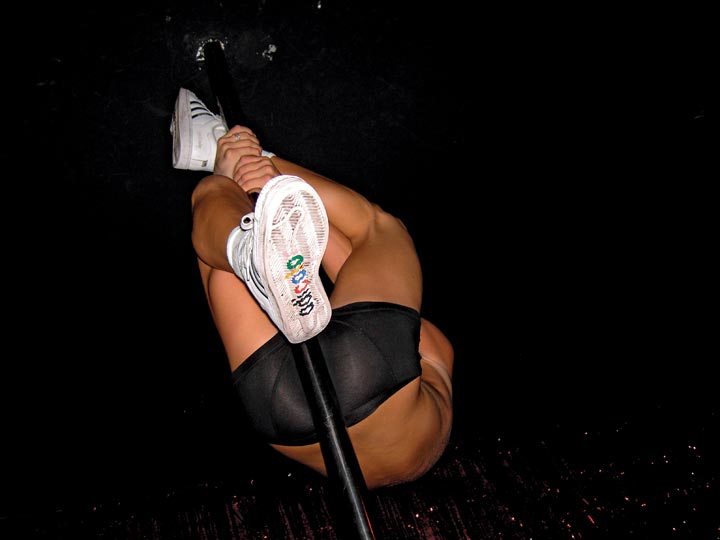
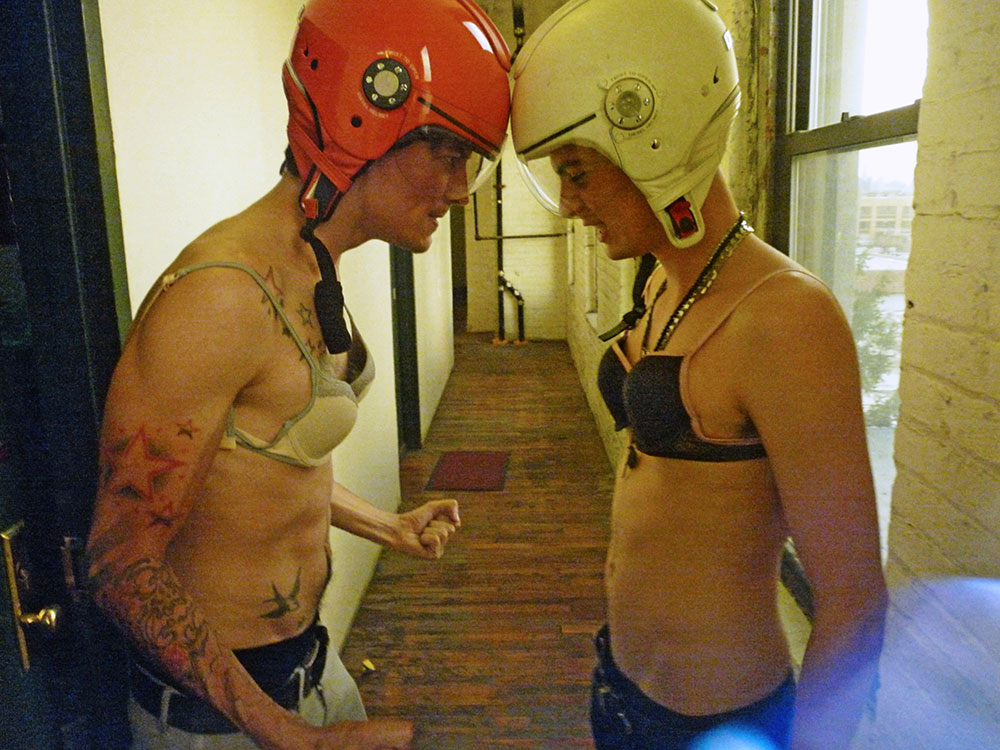
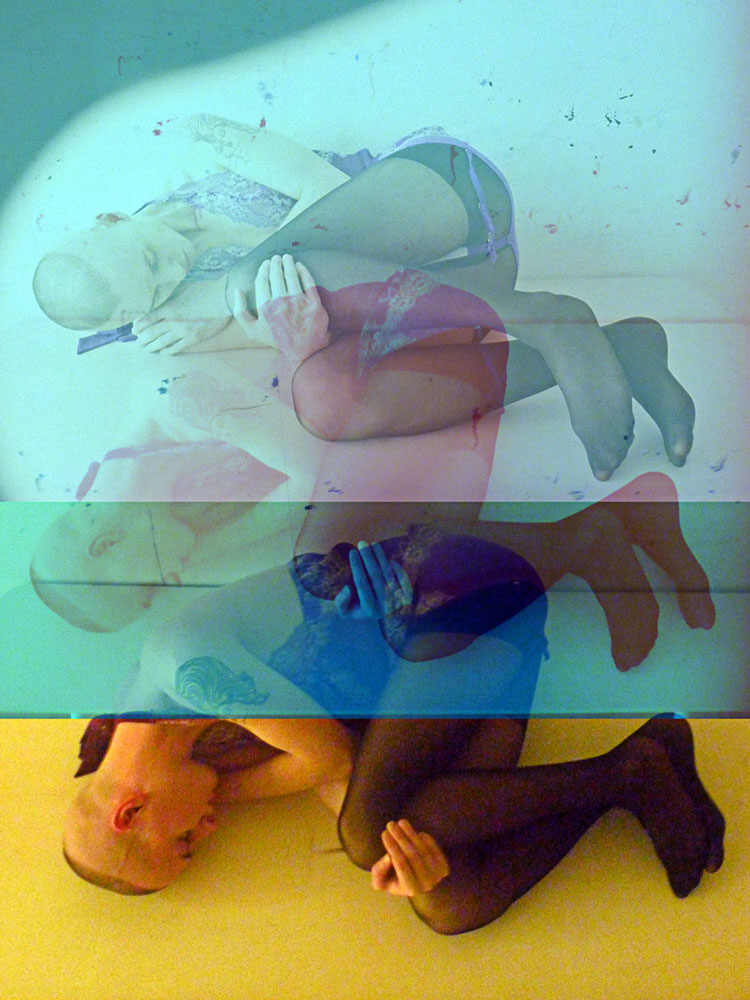
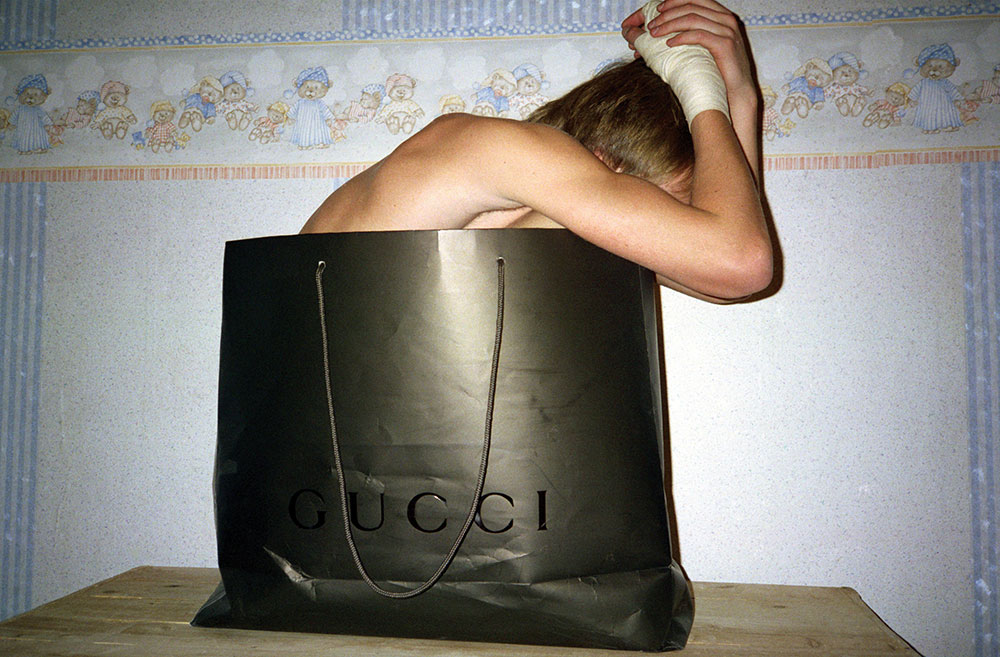
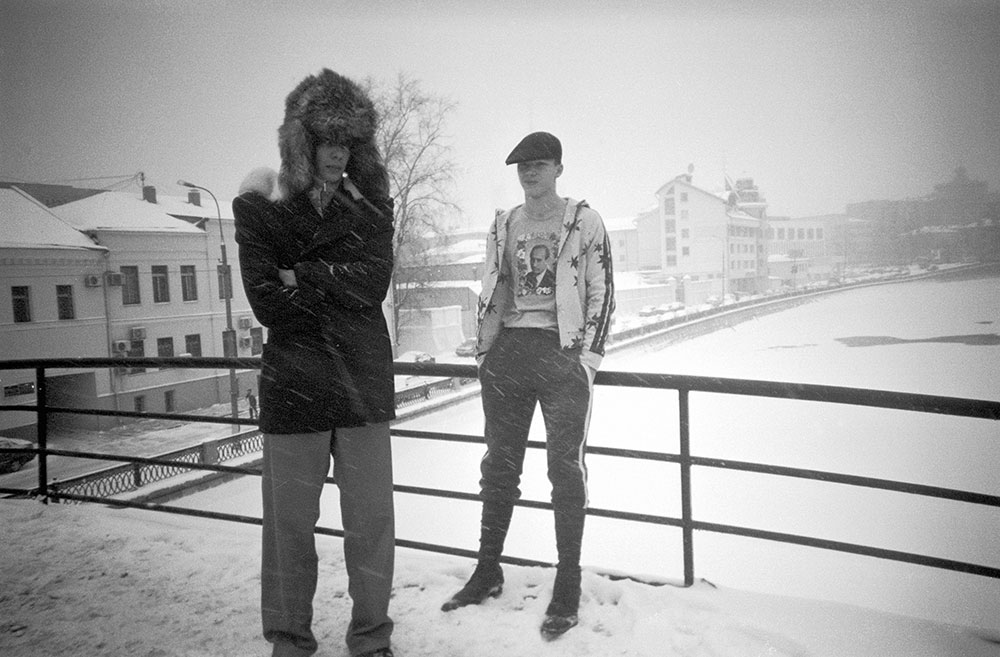






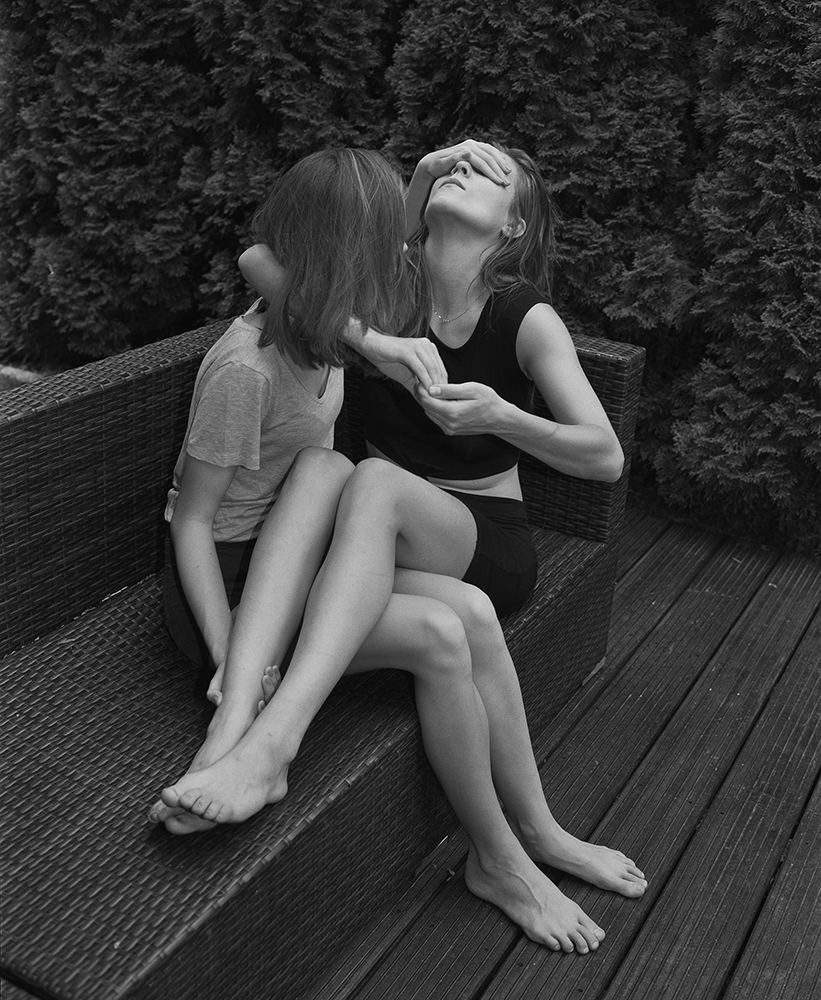
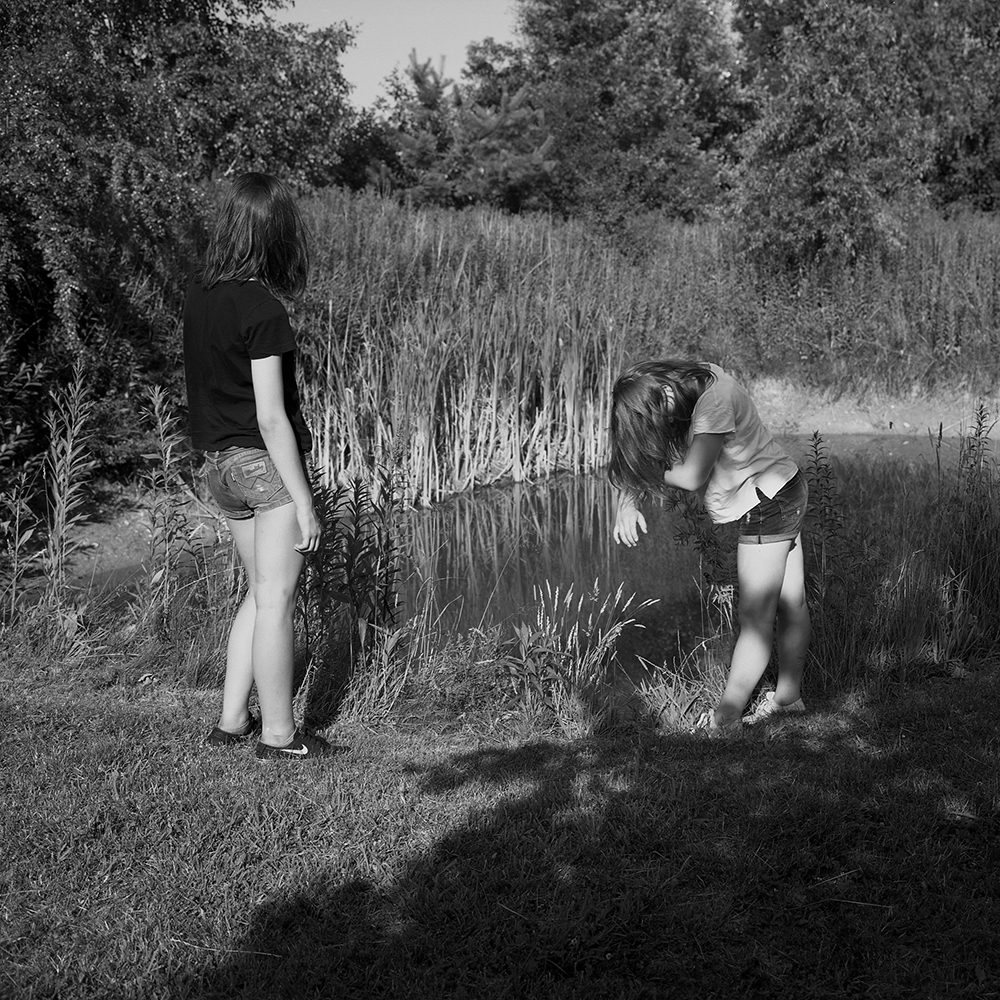
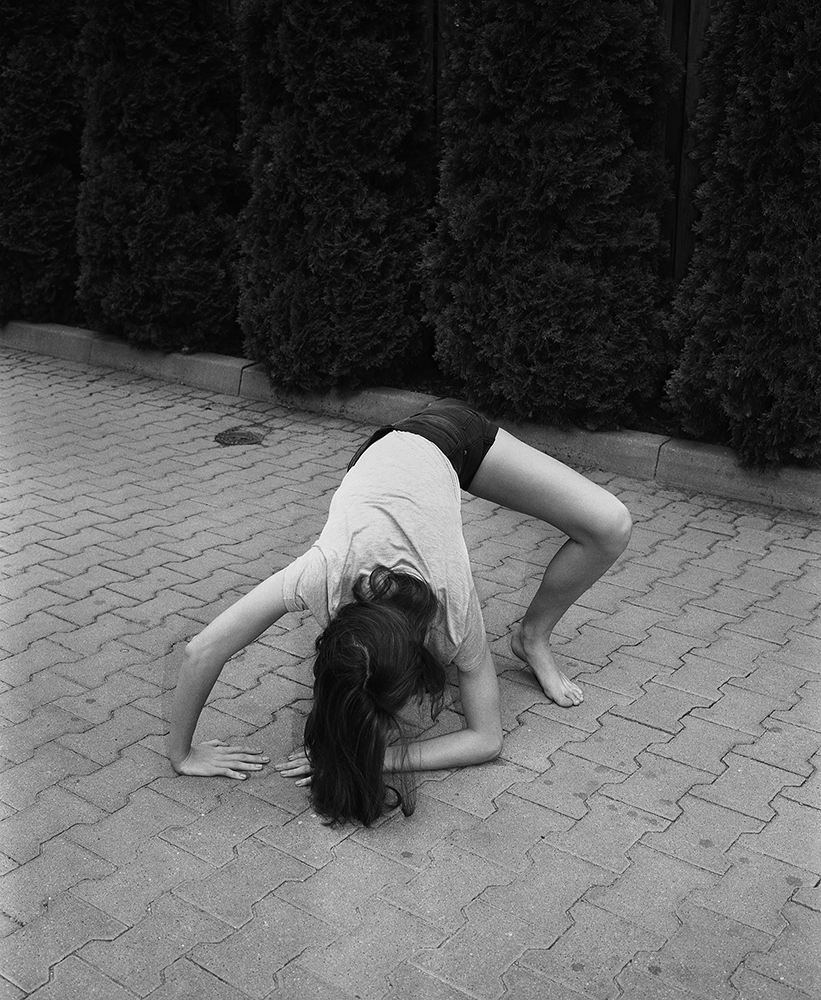
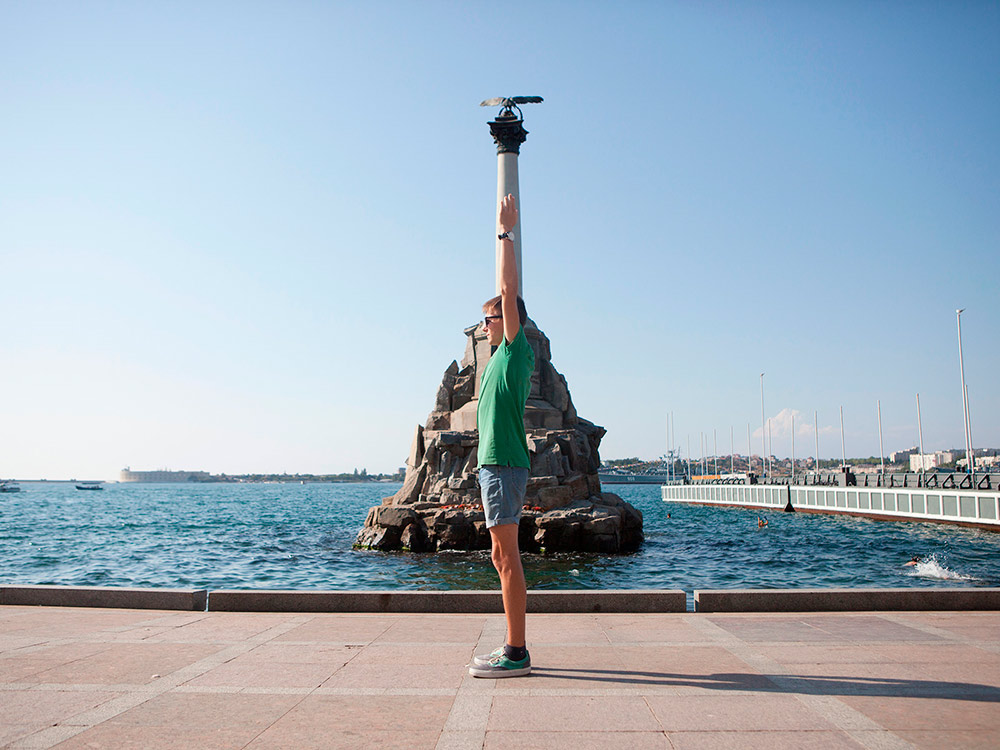
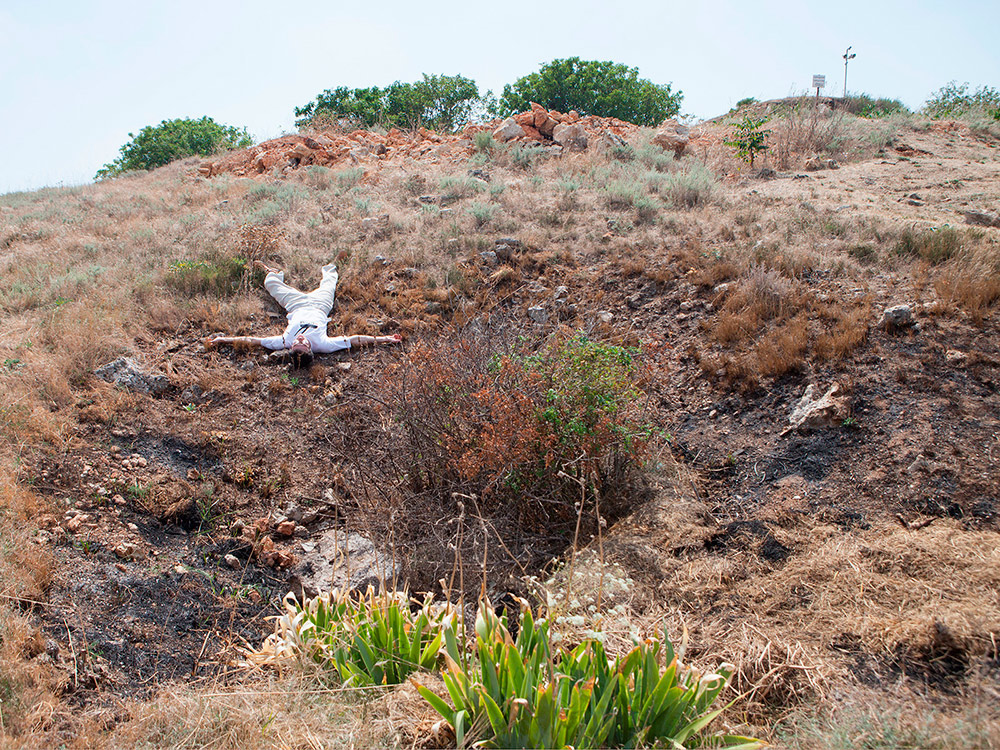
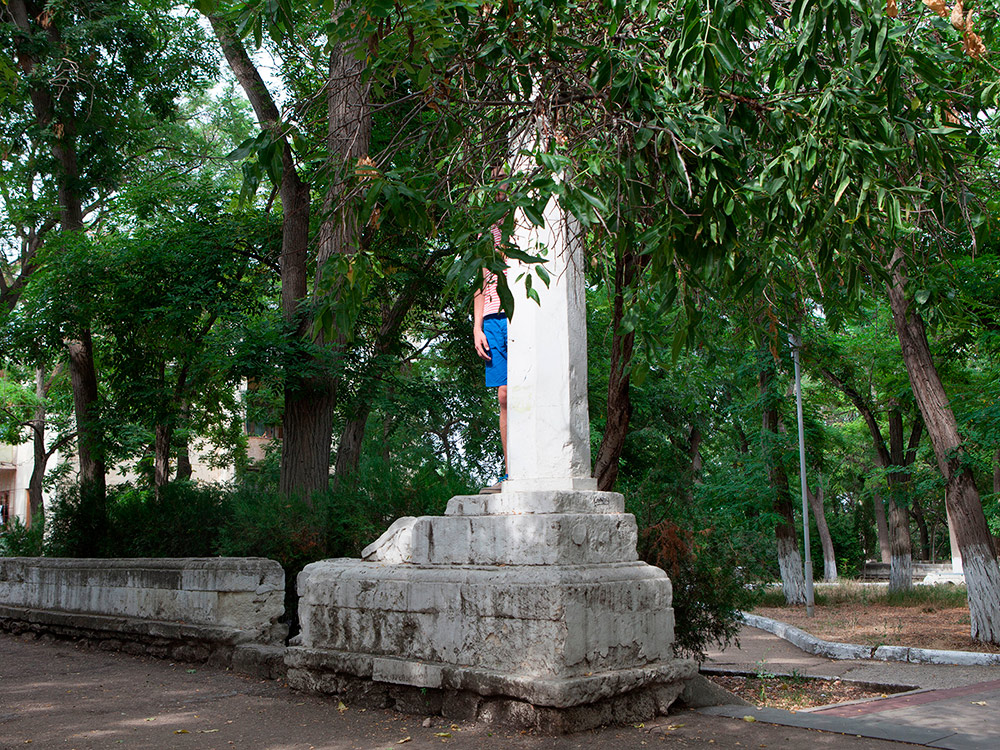
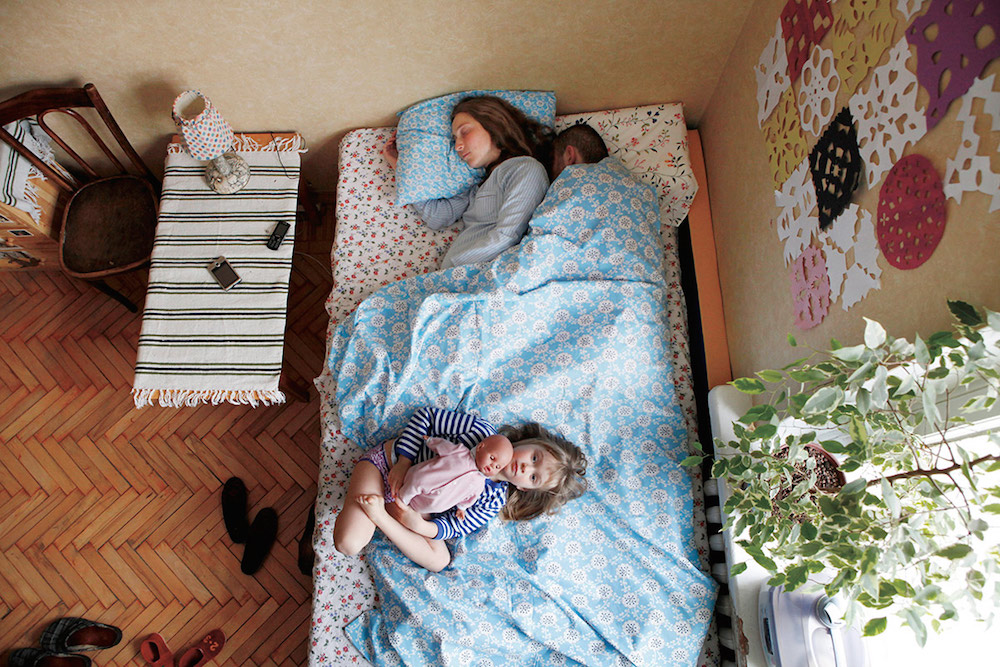
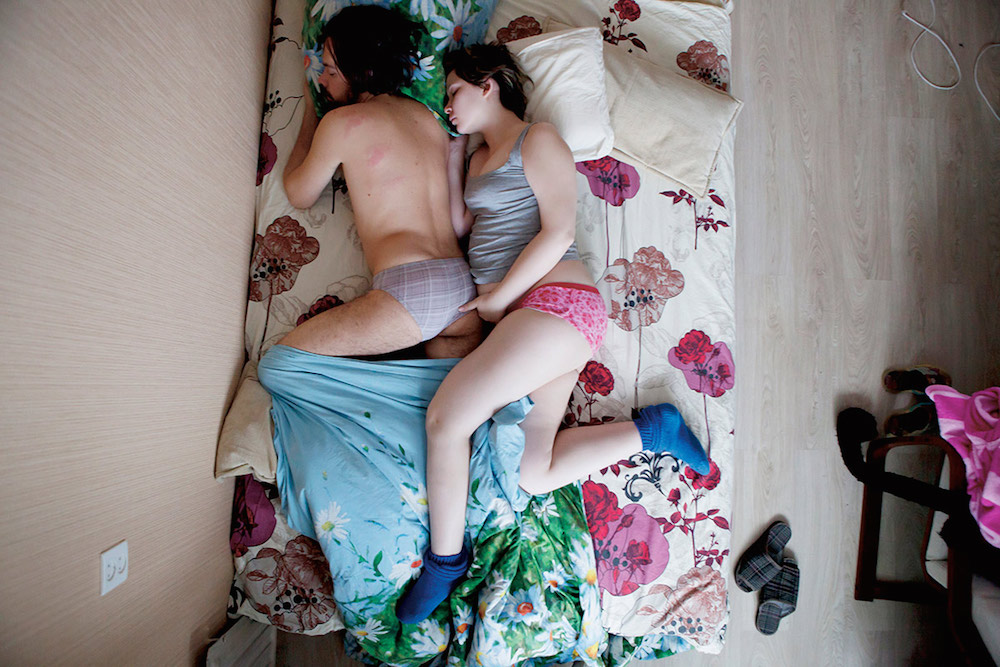
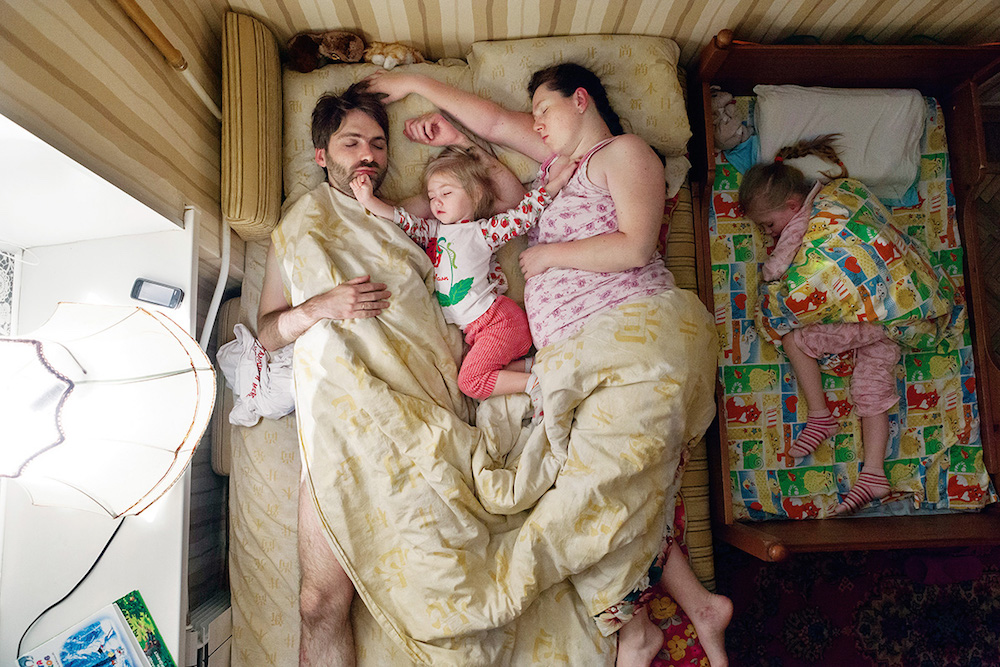
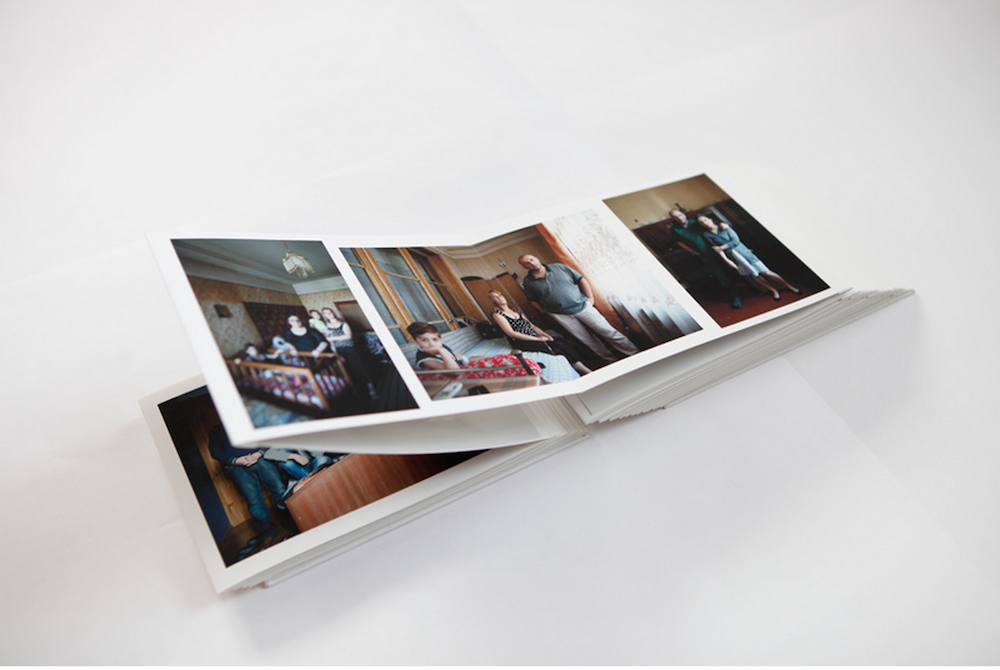
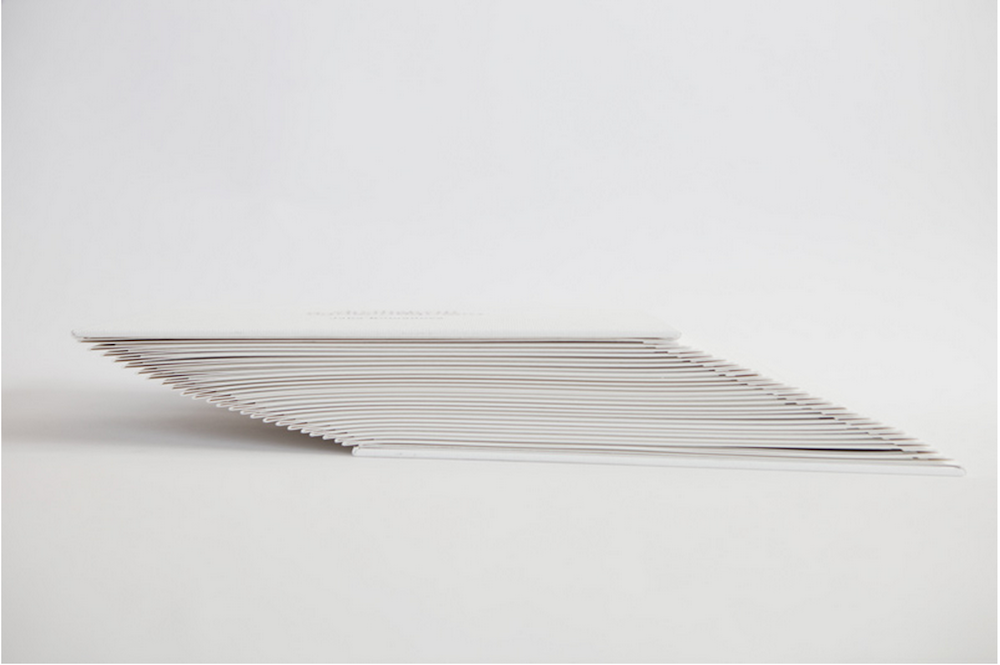
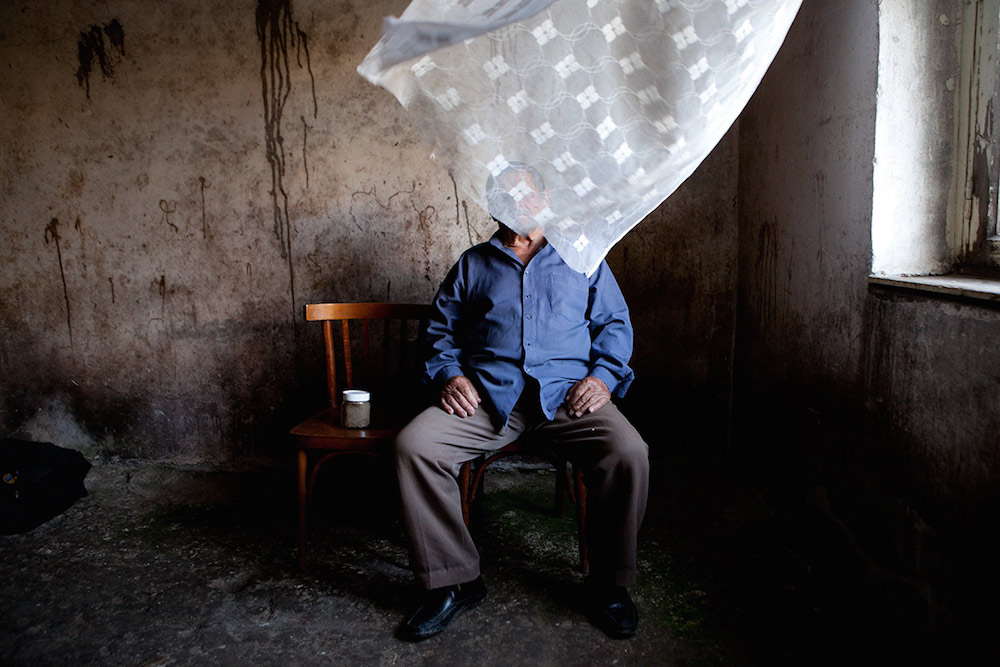
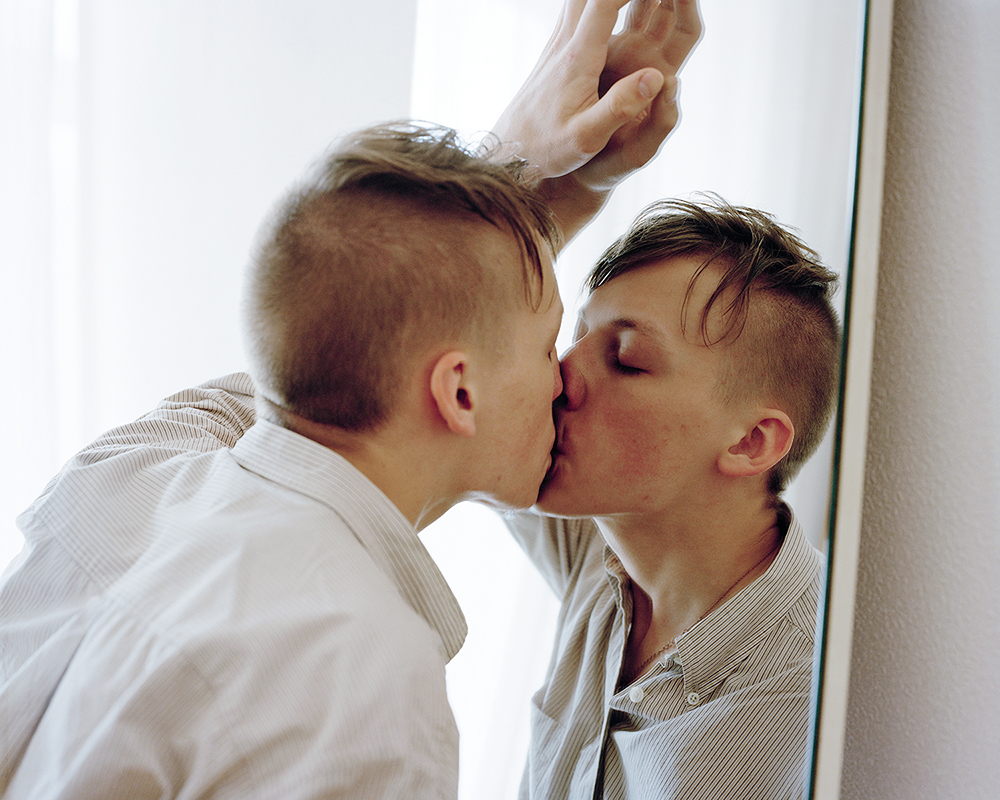
_-2013.jpg)
_-2014.jpg)
.jpg)
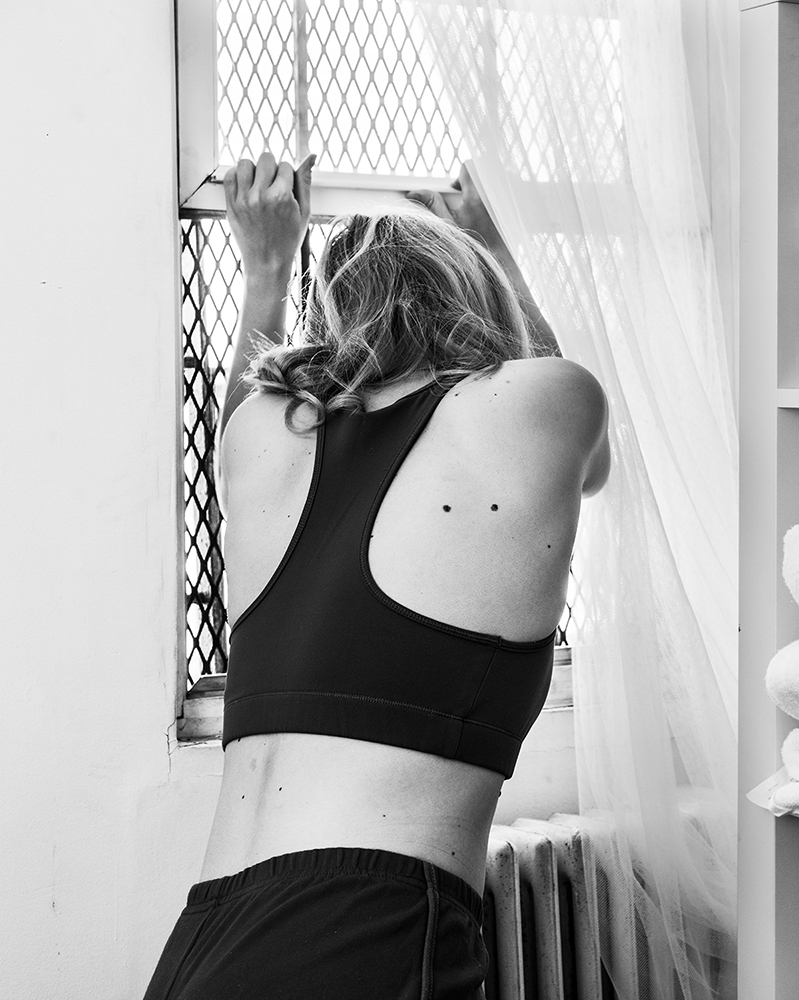
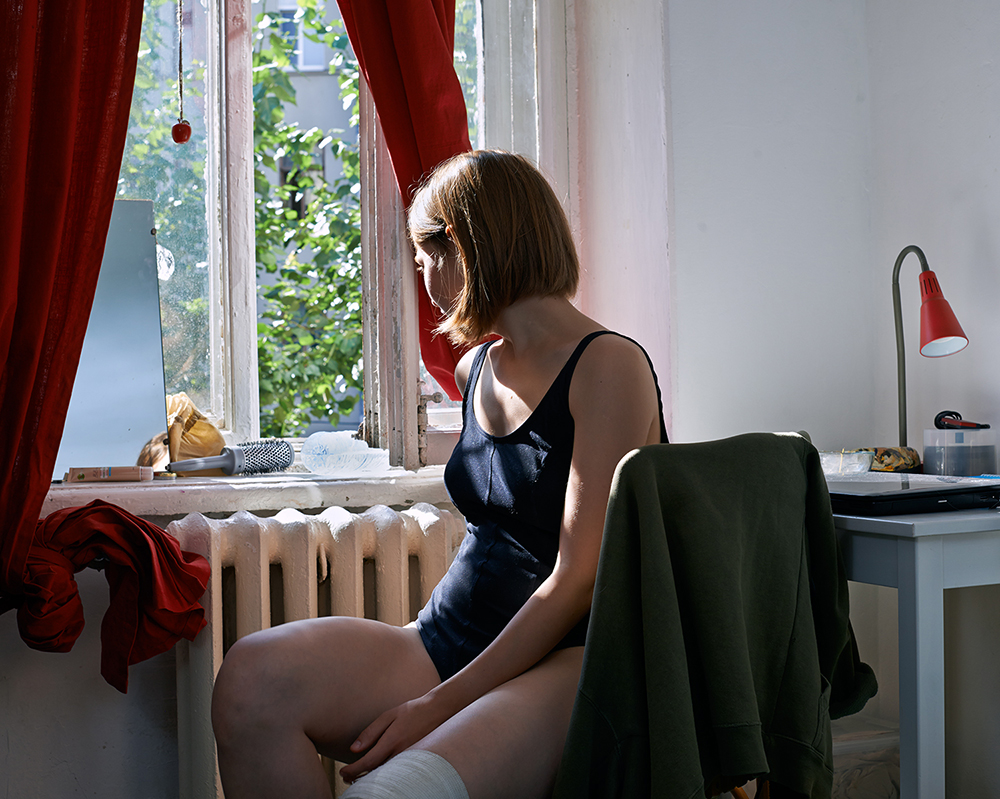
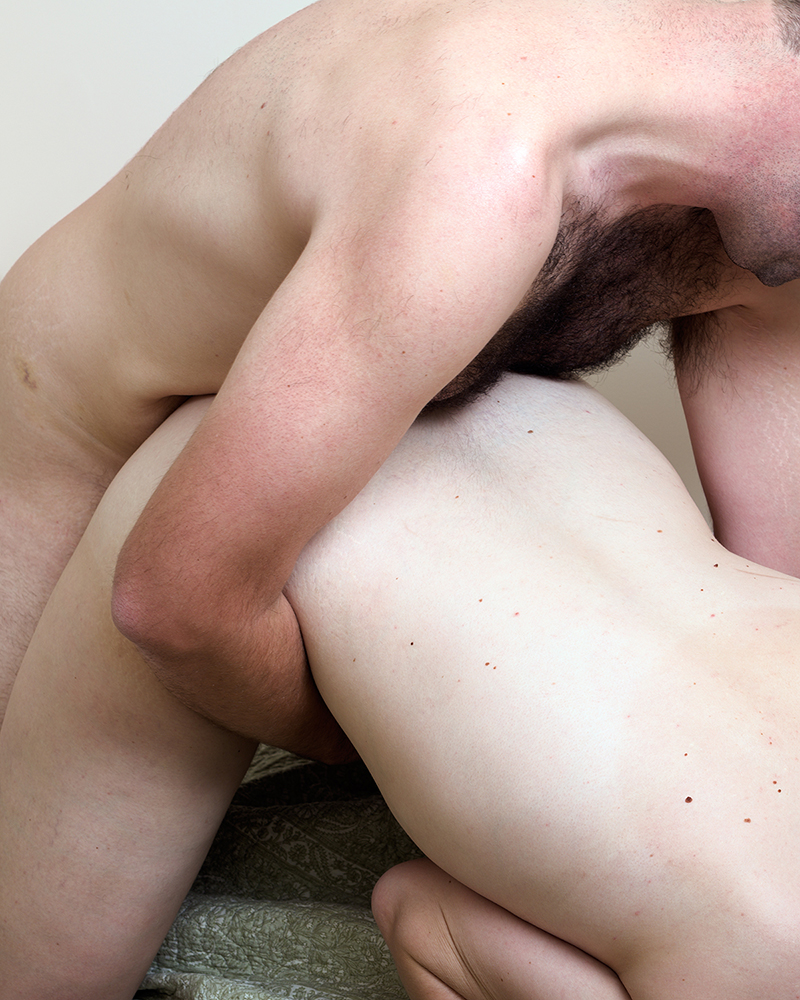
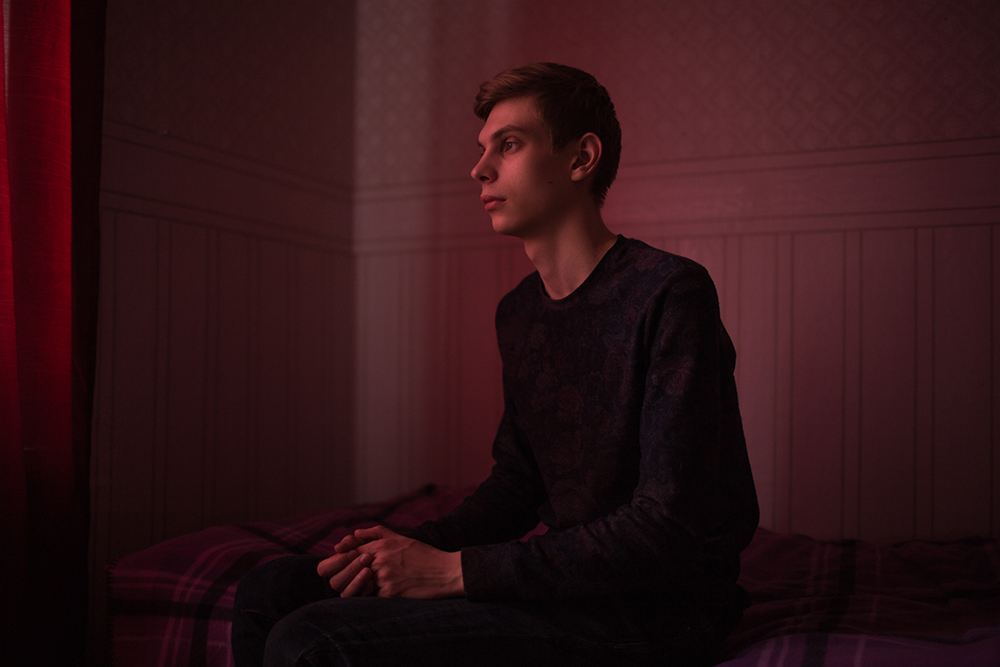
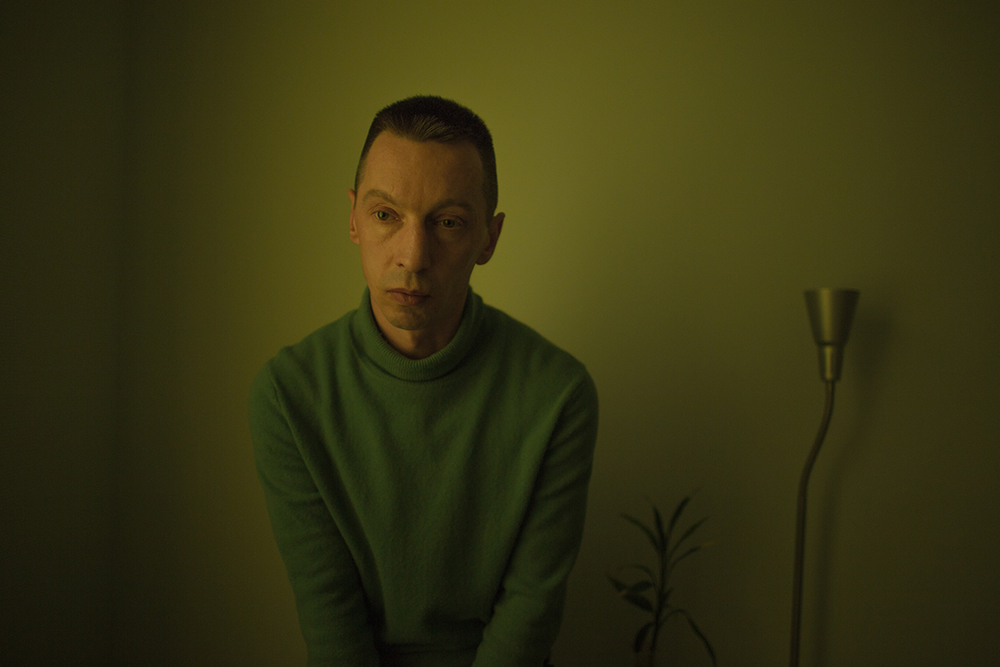
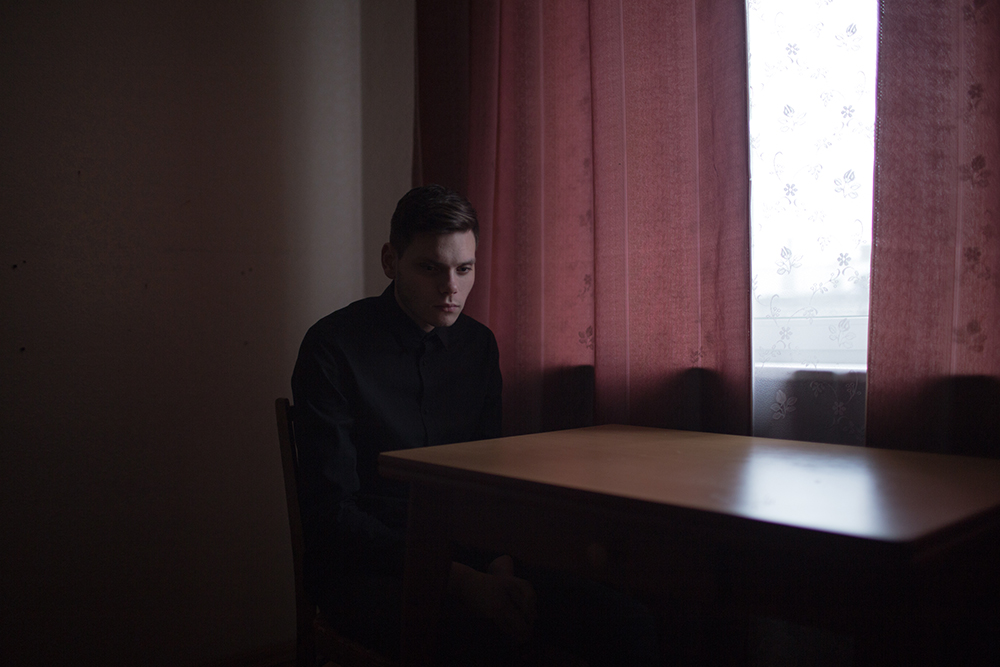
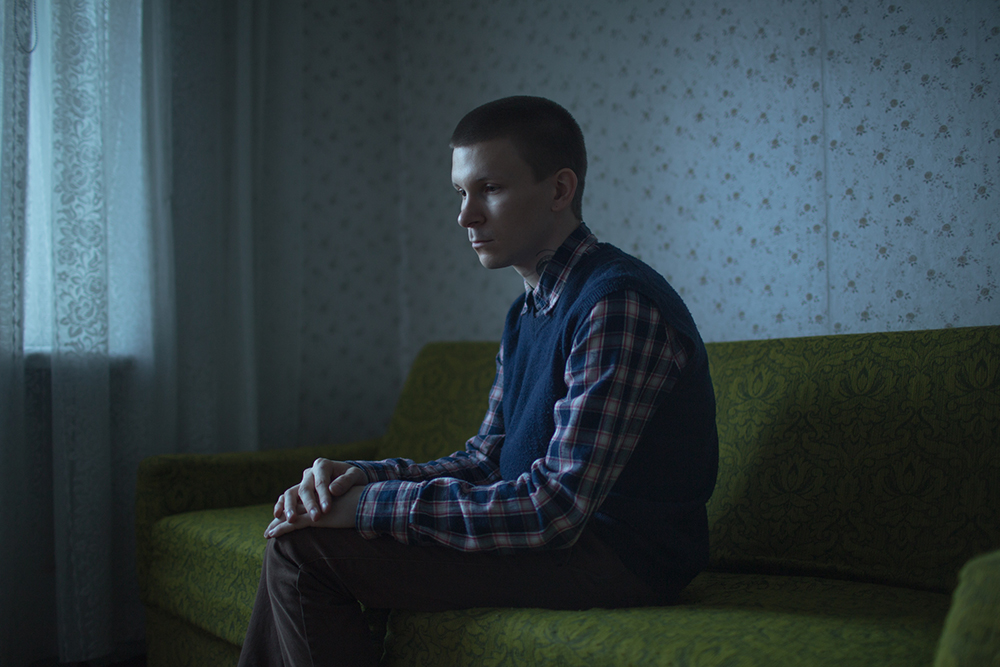
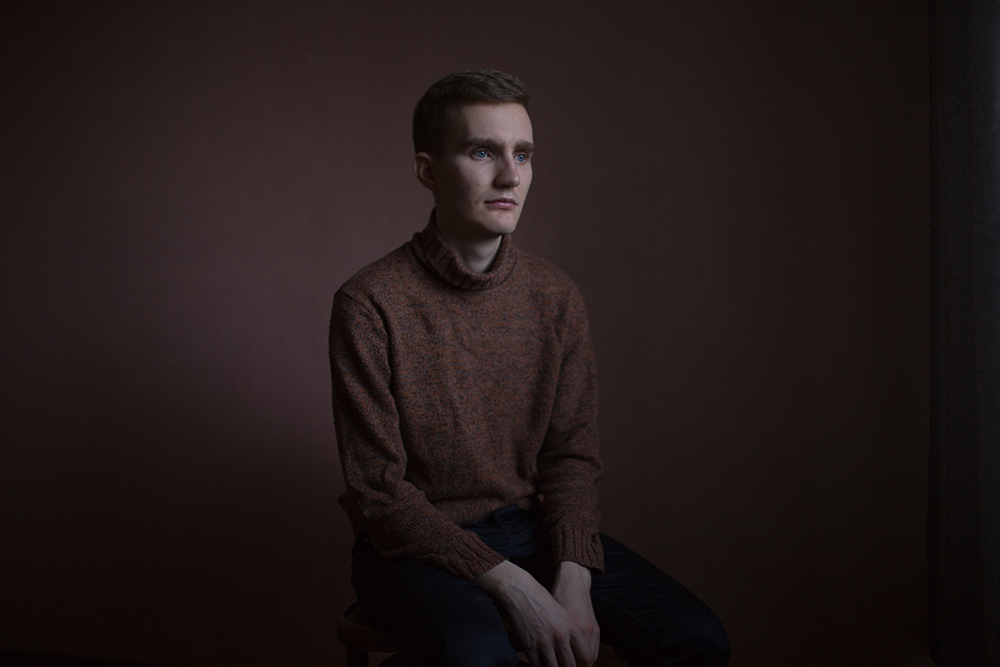
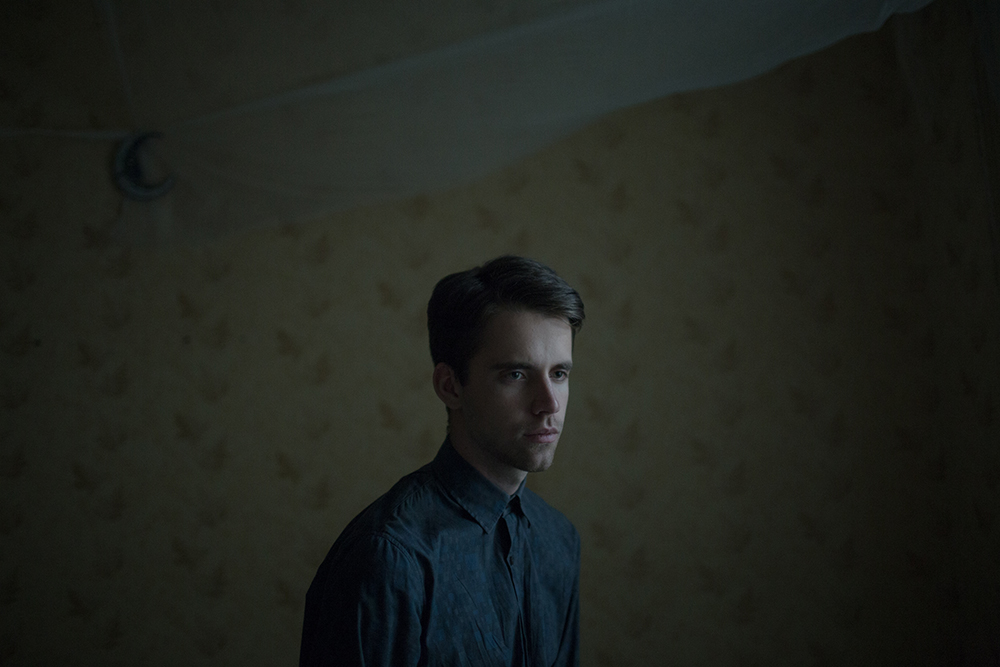
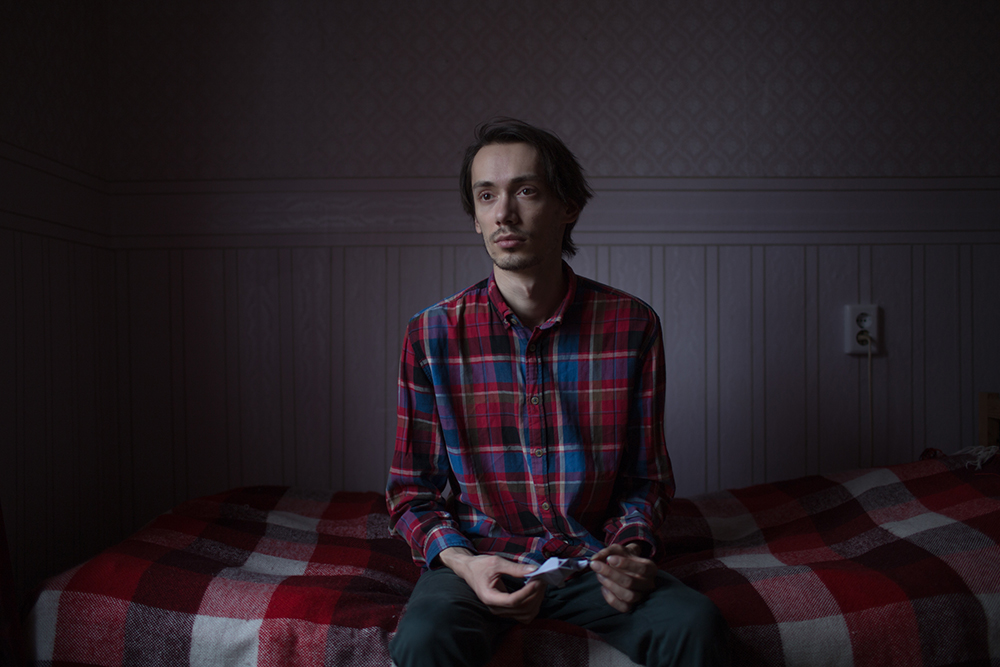
.jpg)
.jpg)
.jpg)
.jpg)
.jpg)
.jpg)
.jpg)
.jpg)
.jpg)
.jpg)
.jpg)
